 Search by Keyword
Sign Up Below for our MONTHLY BEATLES TRIVIA QUIZ!
|
“PAPERBACK WRITER”
(John Lennon – Paul McCartney)
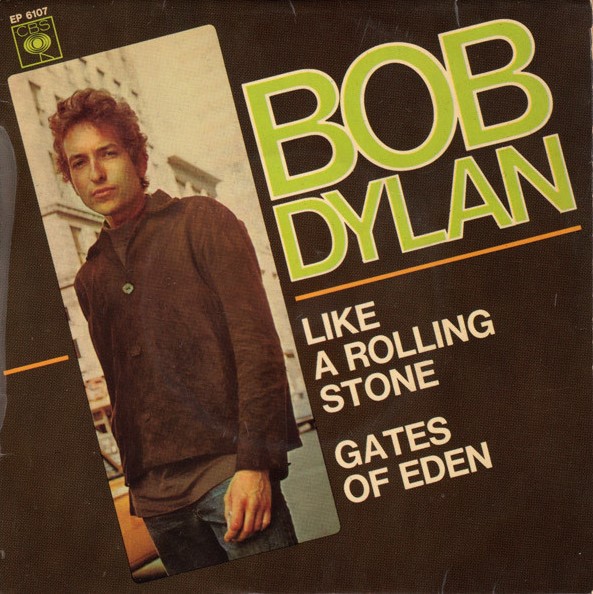 Unconventionality had become the trend of 1966 for The Beatles – even when it came to writing songs for the worldwide singles market. While much care was taken when Lennon and McCartney wrote album tracks, special attention was usually the norm when creating what would be a contender for their next single. It needed to have a catchy melody line that would stick in your mind, a melodic hook or riff that would identify the song, and the content of the lyrics would have to be about love, since that subject was determined to be the most accessible to pop audiences of the time. However, subject matter for singles was in the process of changing at the time, such as with Bob Dylan's top 5 1965 hit "Like A Rolling Stone," a fact that didn't go unnoticed by The Beatles. Unconventionality had become the trend of 1966 for The Beatles – even when it came to writing songs for the worldwide singles market. While much care was taken when Lennon and McCartney wrote album tracks, special attention was usually the norm when creating what would be a contender for their next single. It needed to have a catchy melody line that would stick in your mind, a melodic hook or riff that would identify the song, and the content of the lyrics would have to be about love, since that subject was determined to be the most accessible to pop audiences of the time. However, subject matter for singles was in the process of changing at the time, such as with Bob Dylan's top 5 1965 hit "Like A Rolling Stone," a fact that didn't go unnoticed by The Beatles.
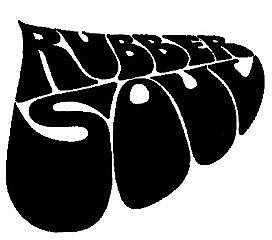 While the influence of marijuana has been widely credited as a large catalyst to the maturity of their songwriting in the later months of 1965, as contained on “Rubber Soul,” the influence of both LSD and Eastern music had a great impact on their output during mid 1966, the results being most evident on “Revolver.” Therefore, within less than a year's time, The Beatles songwriting had changed dramatically as all audiences couldn’t help but notice. While the influence of marijuana has been widely credited as a large catalyst to the maturity of their songwriting in the later months of 1965, as contained on “Rubber Soul,” the influence of both LSD and Eastern music had a great impact on their output during mid 1966, the results being most evident on “Revolver.” Therefore, within less than a year's time, The Beatles songwriting had changed dramatically as all audiences couldn’t help but notice.
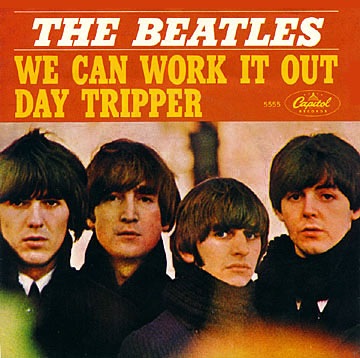 As was usual during the recording of an album, The Beatles needed to recognize which song had the commercial appeal to be earmarked as their next single, and thereby omitted from the album. “George Martin received a memo from the EMI brass,” recalls engineer Geoff Emerick, “reminding him that a new Beatles single was soon due.” Since their last British single, “We Can Work It Out / Day Tripper,” was released way back in early December of 1965 and the group was on hiatus for a few months to rest up from their incredibly hectic schedule the previous year, pressure was high to get a new Beatles single in the shops. “John and Paul were immediately put to work,” Emerick continues. “Whoever wrote the stronger song – with George Martin as referee – would win the prize: the prestigious a-side.” As was usual during the recording of an album, The Beatles needed to recognize which song had the commercial appeal to be earmarked as their next single, and thereby omitted from the album. “George Martin received a memo from the EMI brass,” recalls engineer Geoff Emerick, “reminding him that a new Beatles single was soon due.” Since their last British single, “We Can Work It Out / Day Tripper,” was released way back in early December of 1965 and the group was on hiatus for a few months to rest up from their incredibly hectic schedule the previous year, pressure was high to get a new Beatles single in the shops. “John and Paul were immediately put to work,” Emerick continues. “Whoever wrote the stronger song – with George Martin as referee – would win the prize: the prestigious a-side.”
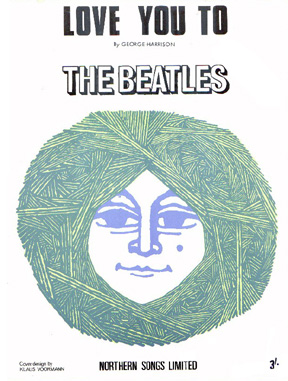 They began recording their next album on April 6th, 1966 and were concentrating more on studio technique than "cranking out hits." By April 13th, the only song they had completed was the Indian influenced George Harrison track “Love You To,” which obviously wouldn’t fit the bill for their next single (as good of a song as it was). Much work was also done on the psychedelic experiment that was later to be titled “Tomorrow Never Knows,” although even this was yet to be completed. Preliminary tracks were also laid down for “Got To Get You Into My Life,” but it was nowhere near ready for release. They began recording their next album on April 6th, 1966 and were concentrating more on studio technique than "cranking out hits." By April 13th, the only song they had completed was the Indian influenced George Harrison track “Love You To,” which obviously wouldn’t fit the bill for their next single (as good of a song as it was). Much work was also done on the psychedelic experiment that was later to be titled “Tomorrow Never Knows,” although even this was yet to be completed. Preliminary tracks were also laid down for “Got To Get You Into My Life,” but it was nowhere near ready for release.
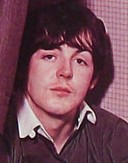 The fourth song they set out to record, however, was more quickly completed and deemed suitable for immediate release as a single. While it did have many of the usual hallmarks of a hit pop record of the time, such as the catchy melody line and a melodic guitar riff, the lyrical content was very much out in left field for 1966. Instead of romance, the only mention of a relationship was “a dirty man” whose “clinging wife doesn’t understand.” Nonetheless, “Paperback Writer” was rushed out as the group's next single, topping the charts internationally. The fourth song they set out to record, however, was more quickly completed and deemed suitable for immediate release as a single. While it did have many of the usual hallmarks of a hit pop record of the time, such as the catchy melody line and a melodic guitar riff, the lyrical content was very much out in left field for 1966. Instead of romance, the only mention of a relationship was “a dirty man” whose “clinging wife doesn’t understand.” Nonetheless, “Paperback Writer” was rushed out as the group's next single, topping the charts internationally.
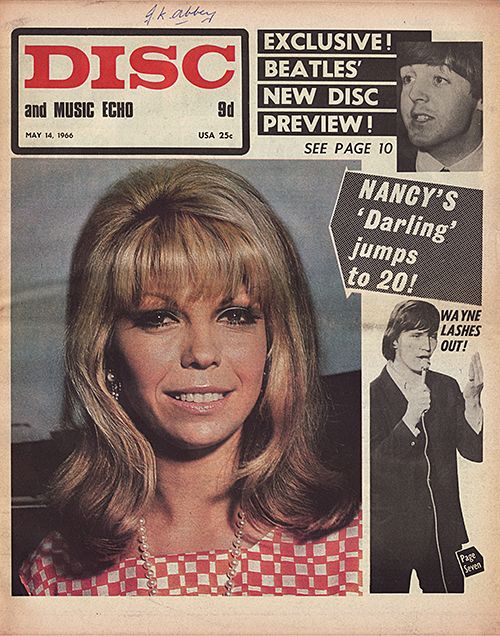 “It’s not one of our best songs,” Lennon dryly explained at the time, “but it was the only one we had ready for the record release date.” While his second comment may be true, his first could easily be contested by fans around the world that have grown to love the song, being considered to this day as an undeniable staple of their songbook. Regarding the long wait for their British follow-up to "We Can Work It Out / Day Tripper," George stated in an interview for the May 1966 "Disc And Music Echo," "I'm inclined to think it has been a bit too long, but there's nothing we can do about that. We'd rather wait and be sure. And that's what we did...We just know we're making better records. The fact that they sell a lot isn't enough any more. We're interested in getting better sounds...There's nothing more we can do. We've made the record. Now it's up to the people who buy it." “It’s not one of our best songs,” Lennon dryly explained at the time, “but it was the only one we had ready for the record release date.” While his second comment may be true, his first could easily be contested by fans around the world that have grown to love the song, being considered to this day as an undeniable staple of their songbook. Regarding the long wait for their British follow-up to "We Can Work It Out / Day Tripper," George stated in an interview for the May 1966 "Disc And Music Echo," "I'm inclined to think it has been a bit too long, but there's nothing we can do about that. We'd rather wait and be sure. And that's what we did...We just know we're making better records. The fact that they sell a lot isn't enough any more. We're interested in getting better sounds...There's nothing more we can do. We've made the record. Now it's up to the people who buy it."
Songwriting History
“We always try to do something different,” related McCartney back in 1966. "The idea’s a bit different. Years ago, my Auntie Lil said to me, ‘Why do you always write songs about love all the time? Can’t you ever write about a horse or the summit conference or something interesting?’ So, I thought, ‘All right, Auntie Lil.’ And recently, we’ve not been writing all our songs about love."
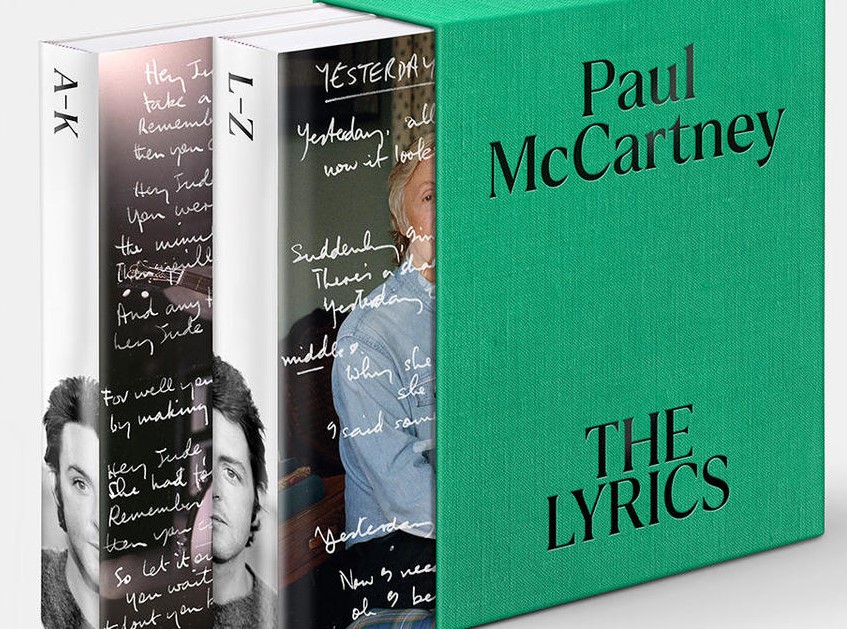 In his 2021 book "The Lyrics," Paul adds: "The truth of it is that we discovered pot, and - just as had been promised on the label - it expanded our minds. Things opened up. We realized that it didn't just have to be 'Thank You Girl, From Me To You, She Loves You...' It didn't have to be that simple anymore. We were on the lookout for the kind of subject that hadn't really been the stuff of popular song. This realization coincided with the fact that I was now bumping into writers on the cocktail circuit. Kingsley Amis, John Mortimer, Penelope Mortimer, Harold Pinter, to name a few. These were the very people I was reading, and the people I was reading about; When I was younger, I used to go to 'Philip Son & Nephew,' our local bookstore in Liverpool. The London bookshops were almost as good as the guitar shops; there was so much to discover inside. I had this idea of being an aspiring w4riter, and I imagined writing a letter to the publishig company to extol my own virtues and try to sell myself. That's why the song starts, 'Dear Sir or Madam.' That was the way you opened letter then. I set that to music." In his 2021 book "The Lyrics," Paul adds: "The truth of it is that we discovered pot, and - just as had been promised on the label - it expanded our minds. Things opened up. We realized that it didn't just have to be 'Thank You Girl, From Me To You, She Loves You...' It didn't have to be that simple anymore. We were on the lookout for the kind of subject that hadn't really been the stuff of popular song. This realization coincided with the fact that I was now bumping into writers on the cocktail circuit. Kingsley Amis, John Mortimer, Penelope Mortimer, Harold Pinter, to name a few. These were the very people I was reading, and the people I was reading about; When I was younger, I used to go to 'Philip Son & Nephew,' our local bookstore in Liverpool. The London bookshops were almost as good as the guitar shops; there was so much to discover inside. I had this idea of being an aspiring w4riter, and I imagined writing a letter to the publishig company to extol my own virtues and try to sell myself. That's why the song starts, 'Dear Sir or Madam.' That was the way you opened letter then. I set that to music."
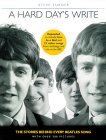 British disc jockey Jimmy Savile claims that he was present when, backstage after a show, the inspiration hit for writing the song. According to Steve Turner’s 1994 book “A Hard Day’s Write,” “John had been principal writer of The Beatles’ last five singles and so it was generally agreed that it was Paul’s turn to come up with something. Jimmy Savile recalled John asking Paul what he was going to do because there were only a few days left before they were due to record. ‘Paul told him that one of his aunts had just asked if he could ever write a single that wasn’t about love,’ remembers Jimmy Savile. ‘With that thought obviously still in his mind, he walked around the room and noticed that Ringo was reading a book. He took one look and announced that he would write a song about a book.’” British disc jockey Jimmy Savile claims that he was present when, backstage after a show, the inspiration hit for writing the song. According to Steve Turner’s 1994 book “A Hard Day’s Write,” “John had been principal writer of The Beatles’ last five singles and so it was generally agreed that it was Paul’s turn to come up with something. Jimmy Savile recalled John asking Paul what he was going to do because there were only a few days left before they were due to record. ‘Paul told him that one of his aunts had just asked if he could ever write a single that wasn’t about love,’ remembers Jimmy Savile. ‘With that thought obviously still in his mind, he walked around the room and noticed that Ringo was reading a book. He took one look and announced that he would write a song about a book.’”
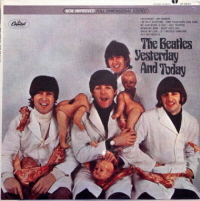 While this recollection obviously has merit, there is some discrepancy regarding the timing of this event. If there were indeed only “a few days left” before the recording date, this would place the time frame in late March or early April of 1966. While the group did not perform any concert appearances, television or radio programs throughout all of the early months of 1966, they did cooperate in a taped interview at a photographic studio, The Vale in the Chelsea area of west London, on March 25th (afterward posing for the famous Robert Whitaker “butcher” photographs). Assuming that Jimmy Savile was present on this day, we can estimate that “Paperback Writer” began its initial writing on that date. While this recollection obviously has merit, there is some discrepancy regarding the timing of this event. If there were indeed only “a few days left” before the recording date, this would place the time frame in late March or early April of 1966. While the group did not perform any concert appearances, television or radio programs throughout all of the early months of 1966, they did cooperate in a taped interview at a photographic studio, The Vale in the Chelsea area of west London, on March 25th (afterward posing for the famous Robert Whitaker “butcher” photographs). Assuming that Jimmy Savile was present on this day, we can estimate that “Paperback Writer” began its initial writing on that date.
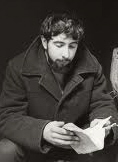 "Well, this came about because I love the word ‘paperback,’” remembered Paul. This fascination may have germinated in his subconscious mind from early Beatle memories of 1960, according to poet and pop music critic Royston Ellis. As related in much detail in the 2008 Philip Norman book “John Lennon: The Life,” Ellis became close with John and Paul, even asking the early Beatles to play music to accompany the public reading of his poetry. “Although I was writing poetry books then,” remembers Ellis, “if they asked me what I wanted to be I would always say ‘a paperback writer’ because that’s what you had to be if you wanted to reach a mass market." "Well, this came about because I love the word ‘paperback,’” remembered Paul. This fascination may have germinated in his subconscious mind from early Beatle memories of 1960, according to poet and pop music critic Royston Ellis. As related in much detail in the 2008 Philip Norman book “John Lennon: The Life,” Ellis became close with John and Paul, even asking the early Beatles to play music to accompany the public reading of his poetry. “Although I was writing poetry books then,” remembers Ellis, “if they asked me what I wanted to be I would always say ‘a paperback writer’ because that’s what you had to be if you wanted to reach a mass market."
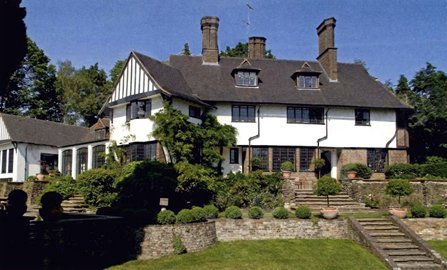 With these ideas firmly implanted in his mind, McCartney travelled out to John’s Kenwood home in Weybridge for a songwriting session. “You knew, the minute you got there,” Paul relates, "cup of tea and you’d sit and write, so it was always good if you had a theme. I’d had a thought for a song and somehow it was to do with the Daily Mail so there might have been an article in the Mail that morning about people writing paperbacks. Penquin paperbacks was what I really thought of, the archetypal paperback." With these ideas firmly implanted in his mind, McCartney travelled out to John’s Kenwood home in Weybridge for a songwriting session. “You knew, the minute you got there,” Paul relates, "cup of tea and you’d sit and write, so it was always good if you had a theme. I’d had a thought for a song and somehow it was to do with the Daily Mail so there might have been an article in the Mail that morning about people writing paperbacks. Penquin paperbacks was what I really thought of, the archetypal paperback."
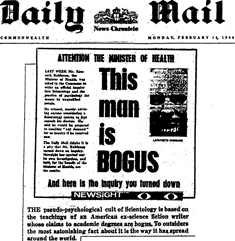 Since the “Daily Mail” paper was a regular feature in John Lennon’s home (being the inspiration for “A Day In The Life” the following year), McCartney revealed in a 2007 interview that he had, previous to this writing session, read an article about an aspiring author in the magazine (possibly British novelist Martin Amis) which may have gotten him going in that direction. However, McCartney insisted years ago that “there’s no story behind it and it wasn’t inspired by any real-life characters.” Not specifically or consciously anyway. Since the “Daily Mail” paper was a regular feature in John Lennon’s home (being the inspiration for “A Day In The Life” the following year), McCartney revealed in a 2007 interview that he had, previous to this writing session, read an article about an aspiring author in the magazine (possibly British novelist Martin Amis) which may have gotten him going in that direction. However, McCartney insisted years ago that “there’s no story behind it and it wasn’t inspired by any real-life characters.” Not specifically or consciously anyway.
 “I would often start thinking away and writing on my way out, and I developed the whole idea in the car,” McCartney remembered, “I came in, had my bowl of cornflakes and said, ‘How’s about if we write a letter: ‘Dear Sir or Madam,’ next line, next paragraph, etc?” In his book “Many Years From Now,” he explains further: "I arrived at Weybridge and told John I had this idea of trying to write off to a publisher to become a paperback writer, and I said, ‘I think it should be written like a letter.’ I took a bit of paper out and I said it should be something like, ‘Dear Sir or Madam, as the case may be…’ and I proceeded to write it just like a letter in front of him, occasionally rhyming it. And John, as I recall, just sat there and said, ‘Oh, that’s it,’ ‘Uhuh,’ ‘Yeah.’ I remember him, his amused smile, saying, ‘Yes, that’s it, that’ll do.’ Quite a nice moment: ‘Hmm, I’ve done right! I’ve done well!’ And then we went upstairs and put the melody to it. John and I sat down and finished it all up, but it was tilted towards me, the original idea was mine. I had no music, but it’s just a little bluesy song, not a lot of melody." “I would often start thinking away and writing on my way out, and I developed the whole idea in the car,” McCartney remembered, “I came in, had my bowl of cornflakes and said, ‘How’s about if we write a letter: ‘Dear Sir or Madam,’ next line, next paragraph, etc?” In his book “Many Years From Now,” he explains further: "I arrived at Weybridge and told John I had this idea of trying to write off to a publisher to become a paperback writer, and I said, ‘I think it should be written like a letter.’ I took a bit of paper out and I said it should be something like, ‘Dear Sir or Madam, as the case may be…’ and I proceeded to write it just like a letter in front of him, occasionally rhyming it. And John, as I recall, just sat there and said, ‘Oh, that’s it,’ ‘Uhuh,’ ‘Yeah.’ I remember him, his amused smile, saying, ‘Yes, that’s it, that’ll do.’ Quite a nice moment: ‘Hmm, I’ve done right! I’ve done well!’ And then we went upstairs and put the melody to it. John and I sat down and finished it all up, but it was tilted towards me, the original idea was mine. I had no music, but it’s just a little bluesy song, not a lot of melody."
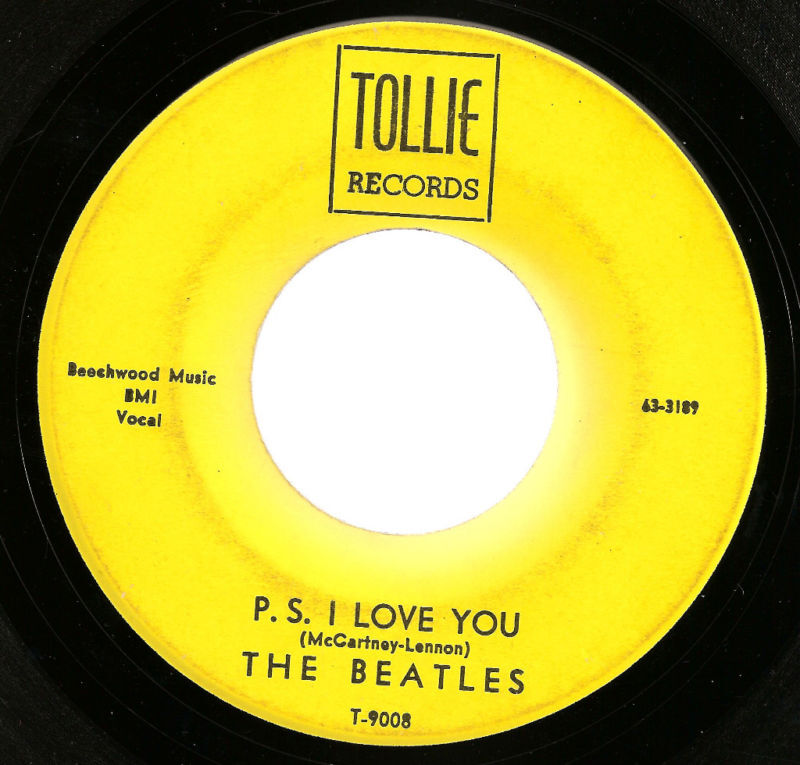 Coincidentally, the b-side to their very first EMI single, the US Top 10 classic 1962 composition "P.S. I Love You," was also based on writing a letter, the opening lyric even stating "As I write this letter..." In regard to the lyrics to "Paperback Writer" simulating a cover letter accompanying an enclosed manuscript being delivered to a book publisher, the original lyric sheet (shown above) concludes with the closing line, "Yours Sincerely, Ian Tachimoe." Coincidentally, the b-side to their very first EMI single, the US Top 10 classic 1962 composition "P.S. I Love You," was also based on writing a letter, the opening lyric even stating "As I write this letter..." In regard to the lyrics to "Paperback Writer" simulating a cover letter accompanying an enclosed manuscript being delivered to a book publisher, the original lyric sheet (shown above) concludes with the closing line, "Yours Sincerely, Ian Tachimoe."
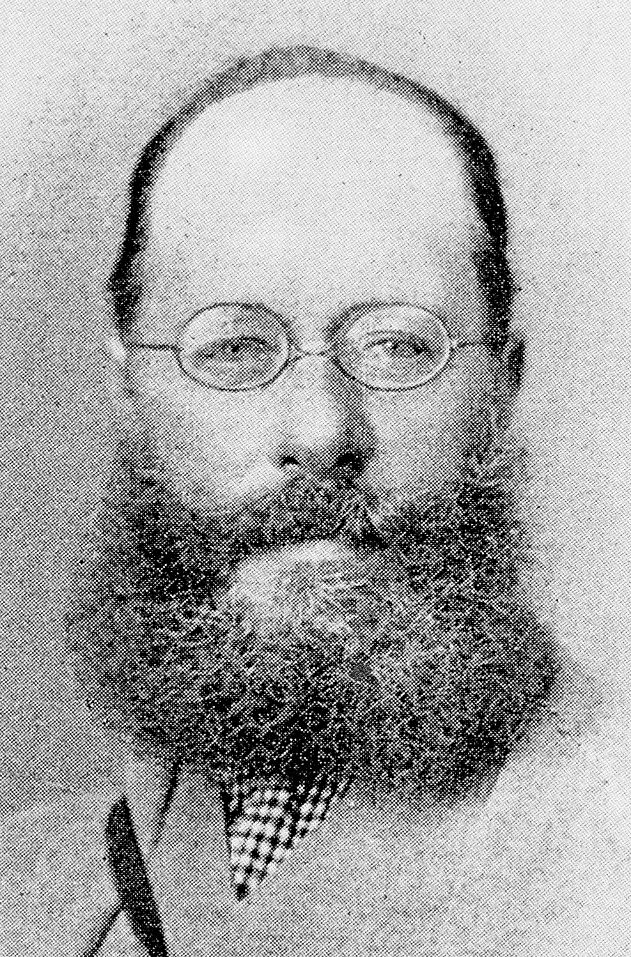 In "Paperback Writer," Paul is beseeching the receiver of his letter “won’t you read my book, it took me years to write.” Paul explains that his book is “based on a novel by a man named Lear,” which seems to be a reference to Victorian painter Edward Lear. While he didn’t write novels, he did write nonsense poems and songs that John was a fan of. If you’ve ever read either of John Lennon’s books, you’d understand why he would be attracted to Edward Lear’s writings. This author’s limericks include this famous passage: "They dined on mince, and slices of quince, which they ate with a runcible spoon; And hand in hand, on the edge of the sand, they danced by the light of the moon." In his book "The Lyrics," Paul recalled, "We loved all forms of wordplay. We loved the absurd. We loved the nonsensical, partiularly the writings orf Edward Lear. That's why he is name-checked in 'Paperback Writer.'" In "Paperback Writer," Paul is beseeching the receiver of his letter “won’t you read my book, it took me years to write.” Paul explains that his book is “based on a novel by a man named Lear,” which seems to be a reference to Victorian painter Edward Lear. While he didn’t write novels, he did write nonsense poems and songs that John was a fan of. If you’ve ever read either of John Lennon’s books, you’d understand why he would be attracted to Edward Lear’s writings. This author’s limericks include this famous passage: "They dined on mince, and slices of quince, which they ate with a runcible spoon; And hand in hand, on the edge of the sand, they danced by the light of the moon." In his book "The Lyrics," Paul recalled, "We loved all forms of wordplay. We loved the absurd. We loved the nonsensical, partiularly the writings orf Edward Lear. That's why he is name-checked in 'Paperback Writer.'"
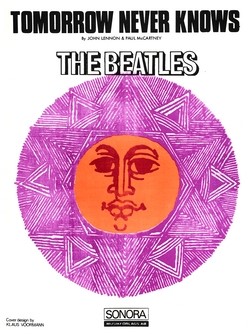 The early months of 1966 had the group writing music in imitation of their new infatuation with Indian music which stays on only one chord. “We would be sitting around,” Paul recalls, “and at the end of an Indian album we’d go, ‘Did anyone realize they didn’t change chords?’” Three out of four of their first recordings in EMI Studios of 1966 featured songs that attempted to stay on only one chord throughout, “Tomorrow Never Knows” and “Love You To” being the two in addition to “Paperback Writer.” As it turned out, though, all three of these songs did venture away from the home chord a little bit at times, but only minimally. In the case of "Paperback Writer," maintaining one chord throughout most of the verses, along with the chosen melody line sung by Paul, supplies an essential urgency and doggedly insistent single minded element to underscore the main thrust of the subject matter, thus persuading the would-be publisher please "take a look" at the novel he was offering him. The early months of 1966 had the group writing music in imitation of their new infatuation with Indian music which stays on only one chord. “We would be sitting around,” Paul recalls, “and at the end of an Indian album we’d go, ‘Did anyone realize they didn’t change chords?’” Three out of four of their first recordings in EMI Studios of 1966 featured songs that attempted to stay on only one chord throughout, “Tomorrow Never Knows” and “Love You To” being the two in addition to “Paperback Writer.” As it turned out, though, all three of these songs did venture away from the home chord a little bit at times, but only minimally. In the case of "Paperback Writer," maintaining one chord throughout most of the verses, along with the chosen melody line sung by Paul, supplies an essential urgency and doggedly insistent single minded element to underscore the main thrust of the subject matter, thus persuading the would-be publisher please "take a look" at the novel he was offering him.
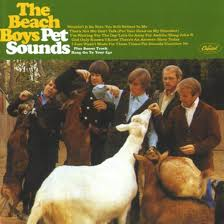 “Then I had the idea to do the harmonies and we arranged that in the studio,” Paul continues. George Martin went on record to describe the “contrapuntal statements from the backing voices – no one had really done that before” and admitted that The Beach Boys were “a great inspiration” with regard to this Beatles song. With “Sloop John B” just entering the British charts and The Beatles having just been given a preview of the entire “Pet Sounds” album, the trademark Beach Boys harmonies were emulated for “Paperback Writer.” “Then I had the idea to do the harmonies and we arranged that in the studio,” Paul continues. George Martin went on record to describe the “contrapuntal statements from the backing voices – no one had really done that before” and admitted that The Beach Boys were “a great inspiration” with regard to this Beatles song. With “Sloop John B” just entering the British charts and The Beatles having just been given a preview of the entire “Pet Sounds” album, the trademark Beach Boys harmonies were emulated for “Paperback Writer.”
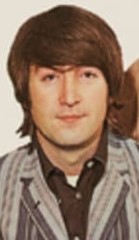 As for songwriting credits, Lennon comments in his 1972 Hit Parader interview: “I think I might have helped with some of the lyrics. Yes, I did. But it was mainly Paul’s tune.” While Paul may not remember it quite this way, as detailed above, he seems to indicate that John definitely played a part, if not lyrically then melodically, saying “we went upstairs and put the melody to it. John and I sat down and finished it all up.” As for songwriting credits, Lennon comments in his 1972 Hit Parader interview: “I think I might have helped with some of the lyrics. Yes, I did. But it was mainly Paul’s tune.” While Paul may not remember it quite this way, as detailed above, he seems to indicate that John definitely played a part, if not lyrically then melodically, saying “we went upstairs and put the melody to it. John and I sat down and finished it all up.”
Recording History
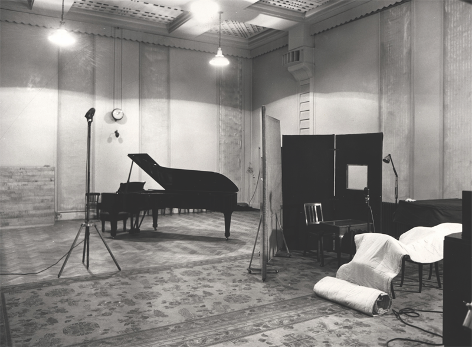 On April 13th, 1966, their fifth recording date for what became the “Revolver” album, The Beatles entered EMI Studio Three at 8 pm, their second session that day after a 90-minute meal break, to concentrate on what would eventually be decided to be the a-side of their next single. The earlier session on this day (2:30 to 6:30 pm) saw George’s song “Love You To” to completion, which allowed an hour-and-a-half break to switch gears entirely in preparation for a more pop oriented track. On April 13th, 1966, their fifth recording date for what became the “Revolver” album, The Beatles entered EMI Studio Three at 8 pm, their second session that day after a 90-minute meal break, to concentrate on what would eventually be decided to be the a-side of their next single. The earlier session on this day (2:30 to 6:30 pm) saw George’s song “Love You To” to completion, which allowed an hour-and-a-half break to switch gears entirely in preparation for a more pop oriented track.
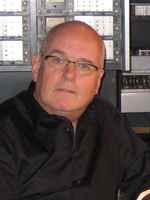 Eighteen-year-old Richard Lush made his debut on this day as 2nd engineer at an EMI Beatles session, a role he was destined to repeat with great frequency during the group's recording career. Richard Lush remembers: “I was pretty nervous…I knew that Beatles sessions were private. One was rarely allowed to open the door and peek in, and it certainly took a while before they knew me as Richard. Until then it was ‘Who is that boy sitting in the corner hearing all of our music?’ But everything worked out in the end.” Eighteen-year-old Richard Lush made his debut on this day as 2nd engineer at an EMI Beatles session, a role he was destined to repeat with great frequency during the group's recording career. Richard Lush remembers: “I was pretty nervous…I knew that Beatles sessions were private. One was rarely allowed to open the door and peek in, and it certainly took a while before they knew me as Richard. Until then it was ‘Who is that boy sitting in the corner hearing all of our music?’ But everything worked out in the end.”
 The primary engineer for this session, the equally young 20-year-old Geoff Emerick, remembers many specific details regarding this session in his book “Here, There And Everywhere.” Geoff Emerick relates: “Paul strolled into the studio, marched straight over to the piano and confidently proclaimed, ‘Gather round, lads, and have a listen to our next single.’ John gave Paul a sideways glance of disapproval - (Lennon) never liked losing - but nevertheless joined Ringo and the two Georges for a private concert. Paul pounded out a very catchy melody, instantly hummable, filled with memorable hooks. I couldn’t make out the lyric entirely, but it seemed to involve book writing. Each time he would come to the chorus, Paul would stop playing and gesture to John and George Harrison, pointing out the high harmony part he planned on assigning each. By the time he finished the first run-through, it was obvious to everyone in the room that this was an instant hit.” The primary engineer for this session, the equally young 20-year-old Geoff Emerick, remembers many specific details regarding this session in his book “Here, There And Everywhere.” Geoff Emerick relates: “Paul strolled into the studio, marched straight over to the piano and confidently proclaimed, ‘Gather round, lads, and have a listen to our next single.’ John gave Paul a sideways glance of disapproval - (Lennon) never liked losing - but nevertheless joined Ringo and the two Georges for a private concert. Paul pounded out a very catchy melody, instantly hummable, filled with memorable hooks. I couldn’t make out the lyric entirely, but it seemed to involve book writing. Each time he would come to the chorus, Paul would stop playing and gesture to John and George Harrison, pointing out the high harmony part he planned on assigning each. By the time he finished the first run-through, it was obvious to everyone in the room that this was an instant hit.”
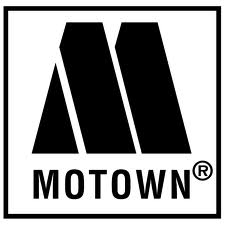 Right from the start, Paul wanted a new technique devised concerning the sound of the bass guitar on this song. “Even before he got down to the brass tacks of teaching the others their parts,” Geoff Emerick continues, “Paul turned to me. ‘Geoff,’ he began, ‘I need you to put your thinking cap on. This song is really calling out for that deep Motown bass sound we’ve been talking about, so I want you to pull out all the stops this time. All right, then?’” Right from the start, Paul wanted a new technique devised concerning the sound of the bass guitar on this song. “Even before he got down to the brass tacks of teaching the others their parts,” Geoff Emerick continues, “Paul turned to me. ‘Geoff,’ he began, ‘I need you to put your thinking cap on. This song is really calling out for that deep Motown bass sound we’ve been talking about, so I want you to pull out all the stops this time. All right, then?’”
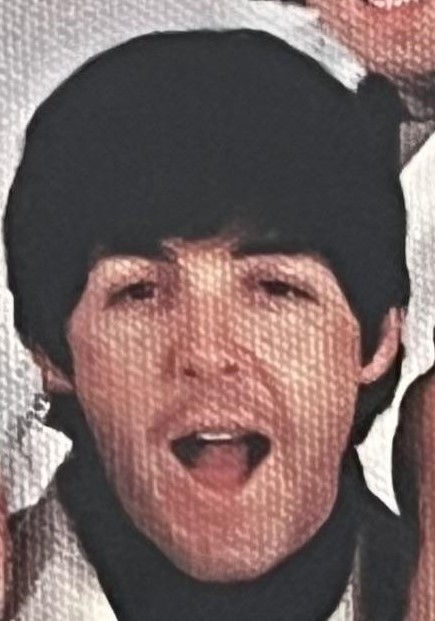 “I nodded an affirmative. Paul had long been complaining that the bass on Beatles records wasn’t as loud or as full as the bass on the American records he so loved. He and I would often get together in the mastering room to listen intently to the low end of some new import he had gotten from the States, most often a Motown track. Even though we had DI (Direct Inject) boxes available, I rarely used them to record Paul’s bass. Instead, I followed the standard EMI directive of placing a microphone in front of his bass amplifier. The bass sounds we were getting were decent, partly because Paul had switched from his signature Hofner violin ‘Beatle’ bass to a beefier Rickenbacker, but still not as good as what we were hearing on those American records.” “I nodded an affirmative. Paul had long been complaining that the bass on Beatles records wasn’t as loud or as full as the bass on the American records he so loved. He and I would often get together in the mastering room to listen intently to the low end of some new import he had gotten from the States, most often a Motown track. Even though we had DI (Direct Inject) boxes available, I rarely used them to record Paul’s bass. Instead, I followed the standard EMI directive of placing a microphone in front of his bass amplifier. The bass sounds we were getting were decent, partly because Paul had switched from his signature Hofner violin ‘Beatle’ bass to a beefier Rickenbacker, but still not as good as what we were hearing on those American records.”
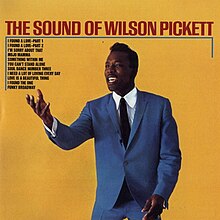 For the record, as brought out in Mark Lewisohn’s 1988 book “The Beatles Recording Sessions,” engineer “Jerry Boys has a clear recollection of John Lennon demanding to know why the bass on a certain Wilson Pickett record far exceeded any Beatles disc.” Therefore, both John and Paul were vocal about wanting a heightened bass quality to their records. For the record, as brought out in Mark Lewisohn’s 1988 book “The Beatles Recording Sessions,” engineer “Jerry Boys has a clear recollection of John Lennon demanding to know why the bass on a certain Wilson Pickett record far exceeded any Beatles disc.” Therefore, both John and Paul were vocal about wanting a heightened bass quality to their records.
 "Fortunately, as Paul and John both turned to George Harrison and began showing him the chords to ‘Paperback Writer,’ inspiration struck," Geoff Emerick continues. "It occurred to me that since microphones are in fact simply loudspeakers wired in reverse…why not try using a loudspeaker as a microphone? Logically, it seemed that whatever can push bass signal out can also take it in – and that a large loudspeaker should be able to respond to low frequencies better than a small microphone. The more I thought about it, the more it made sense." However, as other data indicates, this experiment was left off for the next day. "Fortunately, as Paul and John both turned to George Harrison and began showing him the chords to ‘Paperback Writer,’ inspiration struck," Geoff Emerick continues. "It occurred to me that since microphones are in fact simply loudspeakers wired in reverse…why not try using a loudspeaker as a microphone? Logically, it seemed that whatever can push bass signal out can also take it in – and that a large loudspeaker should be able to respond to low frequencies better than a small microphone. The more I thought about it, the more it made sense." However, as other data indicates, this experiment was left off for the next day.
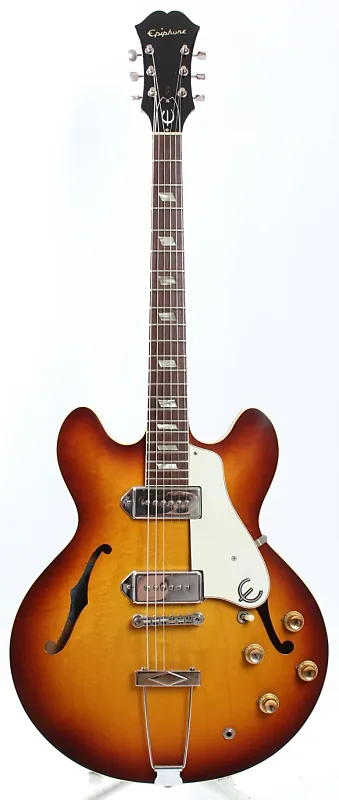 “'Paperback Writer' is son of ‘Day Tripper,’ meaning a rock’n’roll song with a guitar lick on a fuzzy, loud guitar,” remembered John Lennon in 1980. However, who played the “fuzzy, loud guitar”? “Well, what happened was that we fell in love all over again with my Epiphone Casino,” McCartney explained in the November 2005 Guitar Player magazine about this hollow body guitar he acquired toward the end of 1964. "I played (it) on a lot of Beatles records, the ‘Paperback Writer’ riff, the solo on ‘Taxman,’ and so on. It always feeds back nicely." “'Paperback Writer' is son of ‘Day Tripper,’ meaning a rock’n’roll song with a guitar lick on a fuzzy, loud guitar,” remembered John Lennon in 1980. However, who played the “fuzzy, loud guitar”? “Well, what happened was that we fell in love all over again with my Epiphone Casino,” McCartney explained in the November 2005 Guitar Player magazine about this hollow body guitar he acquired toward the end of 1964. "I played (it) on a lot of Beatles records, the ‘Paperback Writer’ riff, the solo on ‘Taxman,’ and so on. It always feeds back nicely."
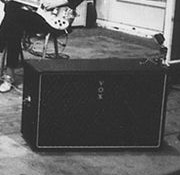 In his book "The Lyrics," Paul adds: "I had bought a new electric guitar, an Epiphone Casino. It's the one I still use on stage, and I plugged it into my Vox amp and turned it up nice and loud, and I got this riff. It's quite a nice, easy riff to play. In fact, with most of my musical compositions, there's a simple trick, because I'm not massively profiencent. For example, I couldn't always go and hit the right notes on the piano. So, there's nearly always some sort of holding position. I just vary that. I move around a little bit on the surface, but I don't move too far from the anchor." In his book "The Lyrics," Paul adds: "I had bought a new electric guitar, an Epiphone Casino. It's the one I still use on stage, and I plugged it into my Vox amp and turned it up nice and loud, and I got this riff. It's quite a nice, easy riff to play. In fact, with most of my musical compositions, there's a simple trick, because I'm not massively profiencent. For example, I couldn't always go and hit the right notes on the piano. So, there's nearly always some sort of holding position. I just vary that. I move around a little bit on the surface, but I don't move too far from the anchor."
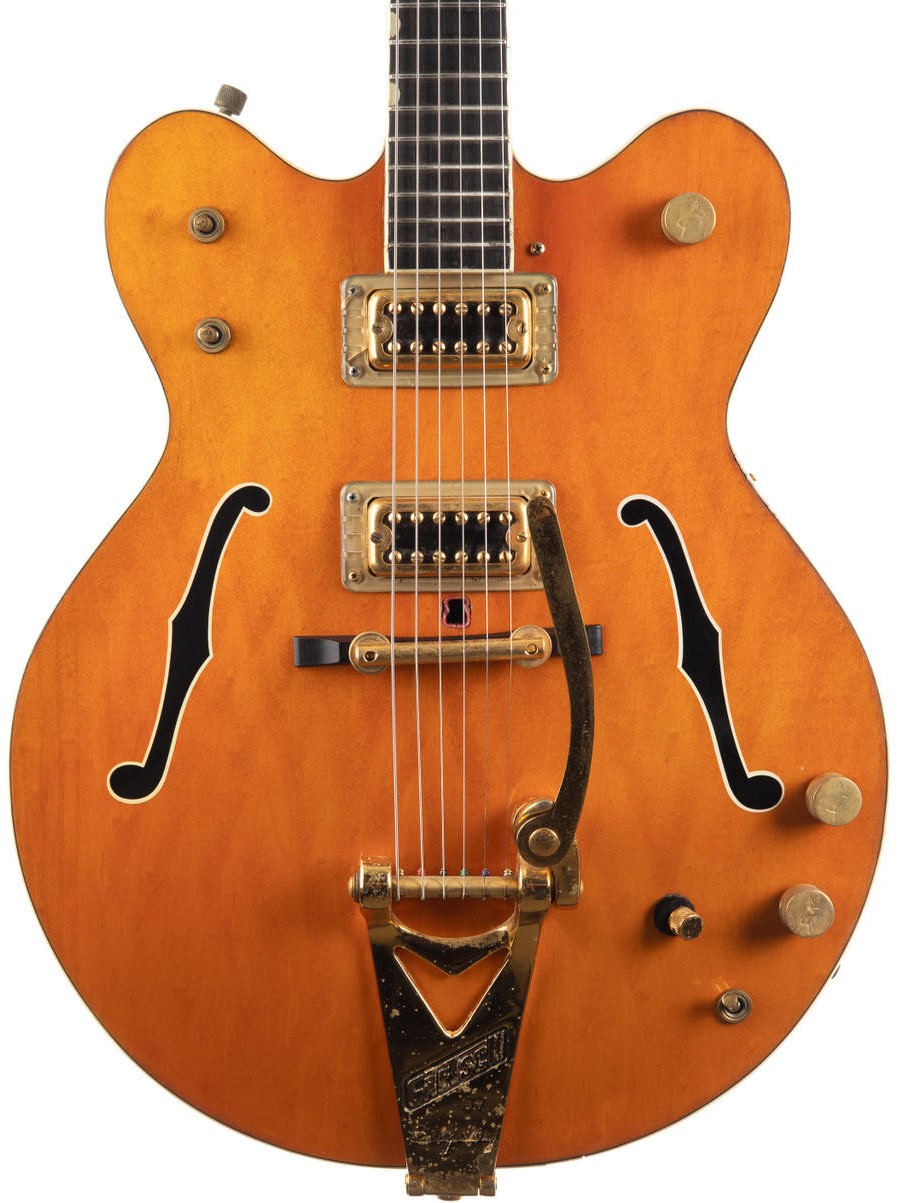 Since this was a six-and-a-half hour recording session, much rehearsal undoubtedly took place before proper recording began since only two takes were put on tape on this day, the first one being a false start. After this incomplete "take one," George is heard saying "it starts picking up speed," to which Paul replies, "it's a little bit better at this speed..." Upon listening to both of these takes, the second making it through to the end of the song, the proposed booming bass guitar is not present. Instead we hear Ringo on drums (tapping out a beat on the hi-hat during what would be the a cappella vocal sections of the song), Lennon playing rhythm on his newly acquired Gretsch “Chet Atkins” 6120 electric guitar (this instrument apparently never being used again after this day), Paul playing the “fuzzy” lead guitar on his Epiphone Casino (also quietly strumming guitar chords during the same sections), and George subtly playing tambourine. Since this was a six-and-a-half hour recording session, much rehearsal undoubtedly took place before proper recording began since only two takes were put on tape on this day, the first one being a false start. After this incomplete "take one," George is heard saying "it starts picking up speed," to which Paul replies, "it's a little bit better at this speed..." Upon listening to both of these takes, the second making it through to the end of the song, the proposed booming bass guitar is not present. Instead we hear Ringo on drums (tapping out a beat on the hi-hat during what would be the a cappella vocal sections of the song), Lennon playing rhythm on his newly acquired Gretsch “Chet Atkins” 6120 electric guitar (this instrument apparently never being used again after this day), Paul playing the “fuzzy” lead guitar on his Epiphone Casino (also quietly strumming guitar chords during the same sections), and George subtly playing tambourine.
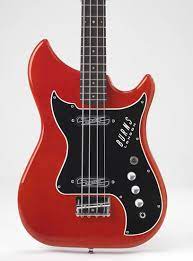 All of these elements were allocated to track one of the four-track tape, leaving three remaining tracks for further overdubbing. Photos from this day show George playing a Burns Nu-Sonic bass guitar, these apparently being taken during un-taped rehearsals while the group was becoming aquainted with the song's structure, Harrison eventually being relegated to tambourine when the official recording began, knowing that Paul was going to being taping his vibrant bass soon anyway. All of these elements were allocated to track one of the four-track tape, leaving three remaining tracks for further overdubbing. Photos from this day show George playing a Burns Nu-Sonic bass guitar, these apparently being taken during un-taped rehearsals while the group was becoming aquainted with the song's structure, Harrison eventually being relegated to tambourine when the official recording began, knowing that Paul was going to being taping his vibrant bass soon anyway.
 "The Beatles Recording Sessions" states that some overdubs for the song were also recorded on this day, Kevin Howlett's book featured in the 2022 "Revolver" re-releases showing these to be lead vocals by Paul throughout the song and harmony vocals by Paul, John and George during the a capella chorus on track four, these being doubled on track three. George described these harmonies as "sort of Beach Boys style, if anything I suppose," recalling the band's recent preview of the California group's recent album "Pet Sounds." "The Beach Boys were an immediate influence on the sound of the song," Paul insists in his book "The Lyrics," adding, "We were particulary turned on by their harmonies." As for Ringo's activities during these overdubs, The headline for a George Martin interview in the British paper "New Musical Express" reads: "Ringo played cards as others sang 'Paperback'!" "The Beatles Recording Sessions" states that some overdubs for the song were also recorded on this day, Kevin Howlett's book featured in the 2022 "Revolver" re-releases showing these to be lead vocals by Paul throughout the song and harmony vocals by Paul, John and George during the a capella chorus on track four, these being doubled on track three. George described these harmonies as "sort of Beach Boys style, if anything I suppose," recalling the band's recent preview of the California group's recent album "Pet Sounds." "The Beach Boys were an immediate influence on the sound of the song," Paul insists in his book "The Lyrics," adding, "We were particulary turned on by their harmonies." As for Ringo's activities during these overdubs, The headline for a George Martin interview in the British paper "New Musical Express" reads: "Ringo played cards as others sang 'Paperback'!"
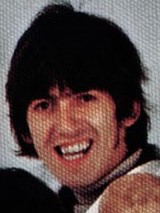 After these were complete, the session was over for the day (or should I say, next day) at 2:30 am. Six-and-a-half-hours being required to record just the rhythm track and some simple vocal overdubs may seem excessive but, as Geoff Emerick recounts, “The Beatles had done no rehearsing before (the session); there hadn't been any preproduction whatsoever. What an incredible experience it was to see each of the songs develop and blossom within the confines of those four walls!” After these were complete, the session was over for the day (or should I say, next day) at 2:30 am. Six-and-a-half-hours being required to record just the rhythm track and some simple vocal overdubs may seem excessive but, as Geoff Emerick recounts, “The Beatles had done no rehearsing before (the session); there hadn't been any preproduction whatsoever. What an incredible experience it was to see each of the songs develop and blossom within the confines of those four walls!”
 The next day, April 14th, 1966, the group filed back into EMI Studio Three to perform the rest of the overdubs necessary to complete the recording of “Paperback Writer,” only track two on the four-track tape being available for these overdubs. Five hours were used to accomplish these tasks, from 2:30 to 7:30 pm with Phil McDonald back in his usual role as 2nd engineer. His handwriten notes, as seen in the book "The Beatles Recording Sessions," show that much experimentation took place on this day. The next day, April 14th, 1966, the group filed back into EMI Studio Three to perform the rest of the overdubs necessary to complete the recording of “Paperback Writer,” only track two on the four-track tape being available for these overdubs. Five hours were used to accomplish these tasks, from 2:30 to 7:30 pm with Phil McDonald back in his usual role as 2nd engineer. His handwriten notes, as seen in the book "The Beatles Recording Sessions," show that much experimentation took place on this day.
 This experimentation included trying to create the beefier bass guitar sound Paul asked for on the previous day. “I broached my plan, gingerly, to Phil McDonald,” remembers Geoff Emerick. “His response was somewhat predictable: ‘You’re daft; you’ve completely gone around the twist.’ Ignoring him, I took a walk down the hall and talked it over with Ken Townsend, our maintenance engineer. He thought my idea had some merit. ‘Sounds plausible,’ he said. ‘Let’s wire a speaker up that way and try it.” This experimentation included trying to create the beefier bass guitar sound Paul asked for on the previous day. “I broached my plan, gingerly, to Phil McDonald,” remembers Geoff Emerick. “His response was somewhat predictable: ‘You’re daft; you’ve completely gone around the twist.’ Ignoring him, I took a walk down the hall and talked it over with Ken Townsend, our maintenance engineer. He thought my idea had some merit. ‘Sounds plausible,’ he said. ‘Let’s wire a speaker up that way and try it.”
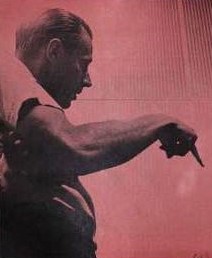 “Over the next few hours, while the boys rehearsed with George Martin, Ken (Townsend) and I conducted a few experiments. To my delight, the idea of using a speaker as a microphone seemed to work pretty well. Even though it didn’t deliver a lot of signal and was kind of muffled, I was able to achieve a good bass sound by placing it up against the grille of a bass amplifier, speaker to speaker, and then routing the signal through a complicated setup of filters and compressors, including one huge experimental unit that I secretly borrowed from the office of Mr. Cook, the manager of the maintenance department.” “Over the next few hours, while the boys rehearsed with George Martin, Ken (Townsend) and I conducted a few experiments. To my delight, the idea of using a speaker as a microphone seemed to work pretty well. Even though it didn’t deliver a lot of signal and was kind of muffled, I was able to achieve a good bass sound by placing it up against the grille of a bass amplifier, speaker to speaker, and then routing the signal through a complicated setup of filters and compressors, including one huge experimental unit that I secretly borrowed from the office of Mr. Cook, the manager of the maintenance department.”
 "With renewed confidence, I returned to the studio to try it out for real. Paul…looked at me in a funny way as I set up the big, bulky loudspeaker in front of his amp instead of the usual microphone, but he didn’t say anything, and neither did George Martin…They returned their attention to the rehearsals, giving me the opportunity to cautiously raise the fader carrying the bass signal." As quotes in Deluxe editions of "Revolver," Ken Townsend recalls: "The speaker we used was one of the big white ones we used to call 'White Elephants.' We positioned it directly in front of the bass speaker and the moving diaphragm of the second speaker made the electric current. I just fed it straight out into the Microphone Input of the mixing console. It got you fantastic bass, but it picked up everything in the building as well!" "With renewed confidence, I returned to the studio to try it out for real. Paul…looked at me in a funny way as I set up the big, bulky loudspeaker in front of his amp instead of the usual microphone, but he didn’t say anything, and neither did George Martin…They returned their attention to the rehearsals, giving me the opportunity to cautiously raise the fader carrying the bass signal." As quotes in Deluxe editions of "Revolver," Ken Townsend recalls: "The speaker we used was one of the big white ones we used to call 'White Elephants.' We positioned it directly in front of the bass speaker and the moving diaphragm of the second speaker made the electric current. I just fed it straight out into the Microphone Input of the mixing console. It got you fantastic bass, but it picked up everything in the building as well!"
 Paul then overdubbed his distinctive bass guitar performance for the song using his Rickenbacker 4001S, which he acquired from the guitar company during their brief stay in Los Angeles in August of 1965 during their North American tour. Geoff Emerick states: "Paul’s distinctively fluid bass line…consisted mostly of notes played high up on the lowest strings, which helped round out the tone further still. It sounded absolutely huge, so much so that I became somewhat concerned that it might actually make the needle jump out of the groove when it was finally cut to vinyl. But Paul loved the sound." Paul then overdubbed his distinctive bass guitar performance for the song using his Rickenbacker 4001S, which he acquired from the guitar company during their brief stay in Los Angeles in August of 1965 during their North American tour. Geoff Emerick states: "Paul’s distinctively fluid bass line…consisted mostly of notes played high up on the lowest strings, which helped round out the tone further still. It sounded absolutely huge, so much so that I became somewhat concerned that it might actually make the needle jump out of the groove when it was finally cut to vinyl. But Paul loved the sound."
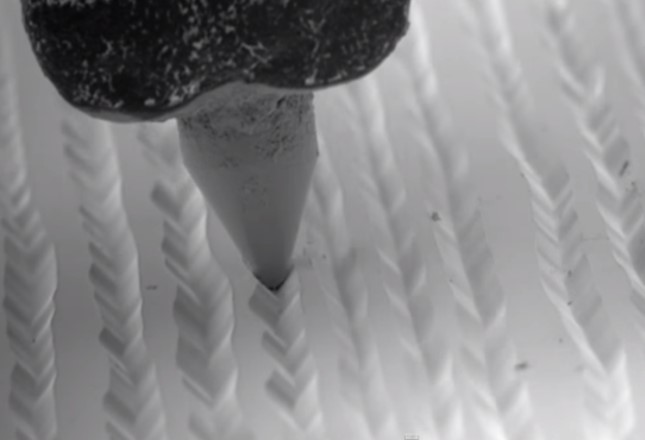 EMI staff referred to releases that made the needle jump out of the groove as "kangaroo records," something that was avoided at all costs. Ken Townsend explained: "Basically, we had to reduce the quality of the final disc to cope with the poorest equipment it might be played back on. EMI couldn't afford to have thousands and thousands of records being sent back because they were jumping, when it was due to the poor quality equipment they were played on and nothing to do with the actual records." EMI staff referred to releases that made the needle jump out of the groove as "kangaroo records," something that was avoided at all costs. Ken Townsend explained: "Basically, we had to reduce the quality of the final disc to cope with the poorest equipment it might be played back on. EMI couldn't afford to have thousands and thousands of records being sent back because they were jumping, when it was due to the poor quality equipment they were played on and nothing to do with the actual records."
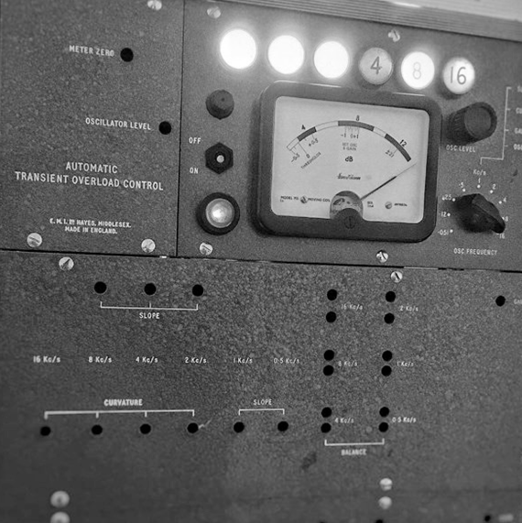 To rectify this potential problem, as well as to satisfy The Beatles' desire for more bass on their records, an invention called "Automatic Transient Overload Control," or ATOC, began being used at EMI from this point onward. Ken Townsend explains: "In the cutting room we put an advanced head on the playback tape machine that looked at the signal well in advance of the second head. The first head decided how much groove spacing there would be, so that if there were going to be some very high transients coming through then the grooves would be spaced wider at that particular point. It anticipated what was coming." Cutting engineer Tony Clark remembers "Paperback Writer" being "EMI's first high-level cut. ATOC was a huge box with flashing lights and what looked like the eye of Cyclops staring out at you. I did two cuts, one with ATOC and one without, played them to George Martin and he approved of the high-level one." To rectify this potential problem, as well as to satisfy The Beatles' desire for more bass on their records, an invention called "Automatic Transient Overload Control," or ATOC, began being used at EMI from this point onward. Ken Townsend explains: "In the cutting room we put an advanced head on the playback tape machine that looked at the signal well in advance of the second head. The first head decided how much groove spacing there would be, so that if there were going to be some very high transients coming through then the grooves would be spaced wider at that particular point. It anticipated what was coming." Cutting engineer Tony Clark remembers "Paperback Writer" being "EMI's first high-level cut. ATOC was a huge box with flashing lights and what looked like the eye of Cyclops staring out at you. I did two cuts, one with ATOC and one without, played them to George Martin and he approved of the high-level one."
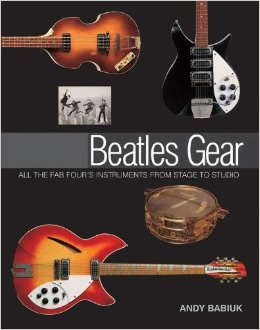 Since track two was the only remaining track on the four-track tape, and they were here attempting to avoid making a reduction mix so as not to lose any sound quality, the thought was to record other elements simultaneous with McCartney recording his bass overdub. Andy Babiuk, in his 2001 book "Beatles Gear," explains: "According to studio documentation, another new sound tried out for 'Paperback Writer' came from a 'jangle box' put through a Leslie rotating speaker." Since track two was the only remaining track on the four-track tape, and they were here attempting to avoid making a reduction mix so as not to lose any sound quality, the thought was to record other elements simultaneous with McCartney recording his bass overdub. Andy Babiuk, in his 2001 book "Beatles Gear," explains: "According to studio documentation, another new sound tried out for 'Paperback Writer' came from a 'jangle box' put through a Leslie rotating speaker."
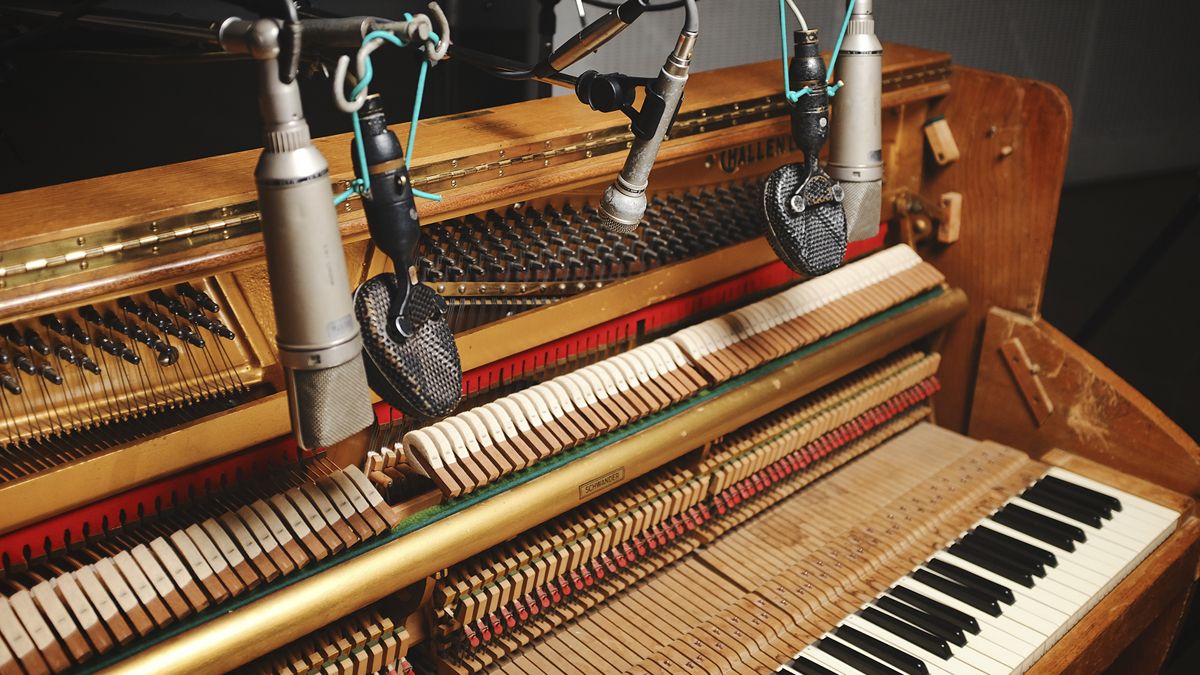 "The jangle box was also known as the 'tack piano,'" author Andy Babiuk continues, "and was Abbey Road's modified Steinway upright piano. The instrument's hammers were brushed with cellulose, which then dried hard, and some of its strings were re-tuned. The result was a percussive jangling piano sound." This early overdub, played by George Martin according to Phil McDonald's notes, was deemed unsuitable and abandoned, as was George Martin trying his hand at providing an organ part. Phil McDonald's notes do indicate, however, that they all were "having a good time.” "The jangle box was also known as the 'tack piano,'" author Andy Babiuk continues, "and was Abbey Road's modified Steinway upright piano. The instrument's hammers were brushed with cellulose, which then dried hard, and some of its strings were re-tuned. The result was a percussive jangling piano sound." This early overdub, played by George Martin according to Phil McDonald's notes, was deemed unsuitable and abandoned, as was George Martin trying his hand at providing an organ part. Phil McDonald's notes do indicate, however, that they all were "having a good time.”
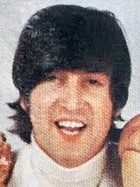 Elements that were recorded simultaneously with Paul's bass on track two included harmony vocals from John and George, singing mostly in falsetto. The most noteworthy lyrics heard sung in these harmonies are the title phrase of the nursery rhyme “Frere Jacques” in the third and fourth verse. “It was Paul’s idea that John and George should rekindle childhood memories with this unusual backing vocal,” states Mark Lewisohn in “The Beatles Recording Sessions.” Elements that were recorded simultaneously with Paul's bass on track two included harmony vocals from John and George, singing mostly in falsetto. The most noteworthy lyrics heard sung in these harmonies are the title phrase of the nursery rhyme “Frere Jacques” in the third and fourth verse. “It was Paul’s idea that John and George should rekindle childhood memories with this unusual backing vocal,” states Mark Lewisohn in “The Beatles Recording Sessions.”
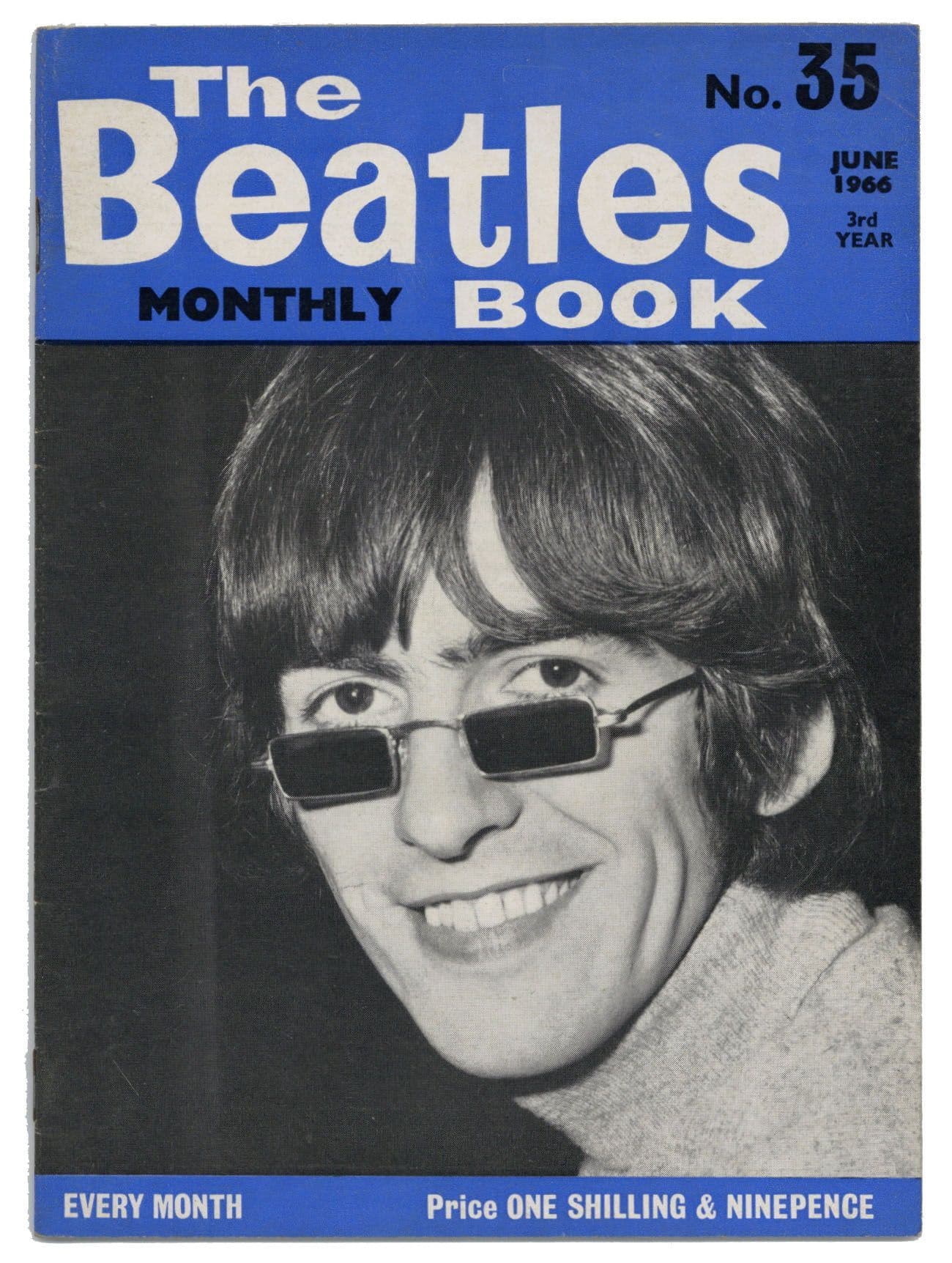 "You can't really hear the words," George Martin explains, “because they are so soft. I must confess, I didn’t spot this little diversion on the number, but George reassured me that it was just one of those weird things that happened for the sake of it. There was no connection whatever between the famous 'Brother Jack' and the knack of writing paperbacks." As related in "The Beatles Book Monthly," during this day's session, Paul "asked John and George if they were singing it right. George turned round, lowered his glasses to the tip of his nose and looked down at Paul in a typical school-masterish fashion and said, 'To the best of our ability, Paul!'" Their falsetto harmonies during the conclusion of the song were also recorded during this overdub on track two. "You can't really hear the words," George Martin explains, “because they are so soft. I must confess, I didn’t spot this little diversion on the number, but George reassured me that it was just one of those weird things that happened for the sake of it. There was no connection whatever between the famous 'Brother Jack' and the knack of writing paperbacks." As related in "The Beatles Book Monthly," during this day's session, Paul "asked John and George if they were singing it right. George turned round, lowered his glasses to the tip of his nose and looked down at Paul in a typical school-masterish fashion and said, 'To the best of our ability, Paul!'" Their falsetto harmonies during the conclusion of the song were also recorded during this overdub on track two.
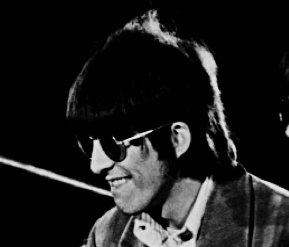 Phil McDonald's notes also indicate that George was "playing guitar fills" during this overdub onto track two. While Paul's 2005 quote above stipulates that he played the iconic guitar riffs in the song, and that the rhythm track recorded the previous day (as can be heard in the Deluxe editions of "Revolver") already includes these riffs that sound identical to the finished product, George appears to have played some guitar on this overdub while Paul simultaneously played bass and he and John sang backing vocals. Kevin Howlett states in the Deluxe edition of "Revolver" that "George also doubled the guitar riffs that follow each of the choruses." Phil McDonald's notes also indicate that George was "playing guitar fills" during this overdub onto track two. While Paul's 2005 quote above stipulates that he played the iconic guitar riffs in the song, and that the rhythm track recorded the previous day (as can be heard in the Deluxe editions of "Revolver") already includes these riffs that sound identical to the finished product, George appears to have played some guitar on this overdub while Paul simultaneously played bass and he and John sang backing vocals. Kevin Howlett states in the Deluxe edition of "Revolver" that "George also doubled the guitar riffs that follow each of the choruses."
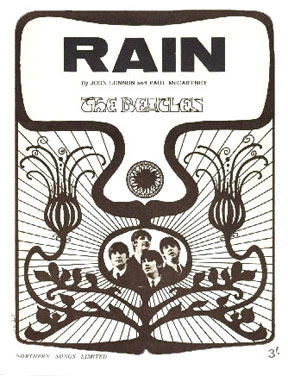 At 7:30 pm the session ended, giving the group an hour break before beginning what was to become the b-side of the single, namely “Rain.” At 7:30 pm the session ended, giving the group an hour break before beginning what was to become the b-side of the single, namely “Rain.”
In the meantime, from 7:30 to 8, George Martin, Geoff Emerick and Phil McDonald gathered in the control room of EMI Studio Three to create the mono mix that was used for the worldwide release. Two attempts were made to create this mono mix, presumably their second attempt being the keeper.
 Creating this mono mix turned out to be a great deal trickier than usual. “It is the first time that we have had echo on a Beatles track,” George Martin remembers. The process used here has been referred to as "tape delay reverb using ADT." Geoff Emerick explains this process and how it was used to achieve the “fluttering echo at the end of each chorus added at the mixing stage. It was accomplished by routing the vocals into a separate two-track machine and then connecting that machine’s output to its input. At the end of each chorus, Phil (McDonald) had the job of slowly increasing the record level until it just reached the point of feedback. If he went one notch too far, the echo would get out of control, so there were many attempts at doing the mix. Every time he’d go past that point, or not far enough, we’d have to stop and remix the entire song again.” Creating this mono mix turned out to be a great deal trickier than usual. “It is the first time that we have had echo on a Beatles track,” George Martin remembers. The process used here has been referred to as "tape delay reverb using ADT." Geoff Emerick explains this process and how it was used to achieve the “fluttering echo at the end of each chorus added at the mixing stage. It was accomplished by routing the vocals into a separate two-track machine and then connecting that machine’s output to its input. At the end of each chorus, Phil (McDonald) had the job of slowly increasing the record level until it just reached the point of feedback. If he went one notch too far, the echo would get out of control, so there were many attempts at doing the mix. Every time he’d go past that point, or not far enough, we’d have to stop and remix the entire song again.”
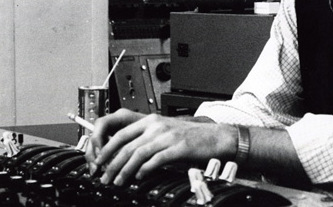 "That’s because, in the archaic EMI way of thinking, edits were frowned upon. Management didn’t want anyone taking a razor to master tapes, so multritrack editing, which would allow us to join the start of one take onto the end of another, was rarely allowed in those days. We’d have to get the mix right from start to finish. If we messed up the middle, or even if the very end of the fadeout wasn’t quite right, we would have to start all over again…As a result, you got that adrenaline going, and the mixes themselves became performances." Interestingly, Phil McDonald's notes stated that during the mixing process he was to "Slow down tape echo ADT just on the die away of 'Paperback Writer.'" "That’s because, in the archaic EMI way of thinking, edits were frowned upon. Management didn’t want anyone taking a razor to master tapes, so multritrack editing, which would allow us to join the start of one take onto the end of another, was rarely allowed in those days. We’d have to get the mix right from start to finish. If we messed up the middle, or even if the very end of the fadeout wasn’t quite right, we would have to start all over again…As a result, you got that adrenaline going, and the mixes themselves became performances." Interestingly, Phil McDonald's notes stated that during the mixing process he was to "Slow down tape echo ADT just on the die away of 'Paperback Writer.'"
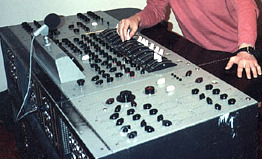 The “separate two-track machine” mentioned above eventually ended up in the ownership of one of The Beatles. “I bought off EMI this big machine for three pounds,” explains George Harrison, "with a sort of speed thing on it. It gave us the replay head. It was the thing we did ‘Paperback Writer’ on, you know, ‘Paperback writer, writer, writer, writer, writer.’ It’s ancient. It looks like it’s got a sort of oven at the bottom of it. It’s just an antique. They’re called STEEDs. I’ve got (it) in the kitchen now." The “separate two-track machine” mentioned above eventually ended up in the ownership of one of The Beatles. “I bought off EMI this big machine for three pounds,” explains George Harrison, "with a sort of speed thing on it. It gave us the replay head. It was the thing we did ‘Paperback Writer’ on, you know, ‘Paperback writer, writer, writer, writer, writer.’ It’s ancient. It looks like it’s got a sort of oven at the bottom of it. It’s just an antique. They’re called STEEDs. I’ve got (it) in the kitchen now."
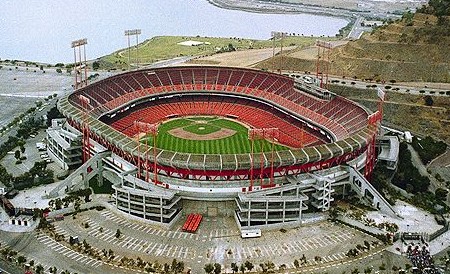 IInterestingly, their final live show on August 29th, 1966 at Candlestick Park included the song "Paperback Writer." As detailed in Keith Badman's 2001 book "The Beatles Off The Record," Tony Barrow, the group's press officer, remembers: "There was a sort of end of term spirit thing going on, and there was also this kind of feeling amongst all of us around The Beatles, that this might just be the last concert that they will ever do. I remember Paul, casually, at the very last minute, saying, 'Have you got your cassette recorder with you?' and I said, 'Yes, of course.' Paul then said, 'Tape it, will you? Tape the show,' which I did, literally just holding the microphone up in the middle of the field. As a personal souvenir of the occasion, it was a very nice thing to have." Even though Tony Barrow insists that he only made one copy of the tape, which he had locked in a drawer in his London office, and gave the original to Paul, this recording has been available on bootleg releases throughout the years. IInterestingly, their final live show on August 29th, 1966 at Candlestick Park included the song "Paperback Writer." As detailed in Keith Badman's 2001 book "The Beatles Off The Record," Tony Barrow, the group's press officer, remembers: "There was a sort of end of term spirit thing going on, and there was also this kind of feeling amongst all of us around The Beatles, that this might just be the last concert that they will ever do. I remember Paul, casually, at the very last minute, saying, 'Have you got your cassette recorder with you?' and I said, 'Yes, of course.' Paul then said, 'Tape it, will you? Tape the show,' which I did, literally just holding the microphone up in the middle of the field. As a personal souvenir of the occasion, it was a very nice thing to have." Even though Tony Barrow insists that he only made one copy of the tape, which he had locked in a drawer in his London office, and gave the original to Paul, this recording has been available on bootleg releases throughout the years.
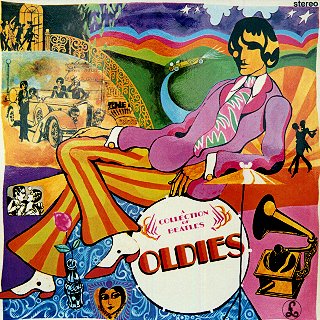 Since the song was stipulated to be a single and not to be included on the ensuing “Revolver” album, no stereo mix was made at the time of its being officially recorded. However, since no new Beatles album would be released for the Christmas buying season that year, EMI decided to release its first “greatest hits” package “A Collection Of Beatles Oldies.” Since “Paperback Writer” would definitely be included on this album, and there would be stereo copies made available, a stereo mix would thereby need to be created. Since the song was stipulated to be a single and not to be included on the ensuing “Revolver” album, no stereo mix was made at the time of its being officially recorded. However, since no new Beatles album would be released for the Christmas buying season that year, EMI decided to release its first “greatest hits” package “A Collection Of Beatles Oldies.” Since “Paperback Writer” would definitely be included on this album, and there would be stereo copies made available, a stereo mix would thereby need to be created.
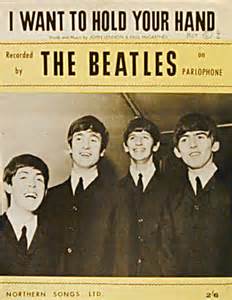 This stereo mix was made on October 31st, 1966 in the control room of EMI Studio One by the same team of George Martin, Geoff Emerick and Phil McDonald. They intended to mix this song along with “I Want To Hold Your Hand” and “She Loves You” in stereo for the first time but, since “Paperback Writer” took two hours to do, they left the other two songs for another day. Geoff Emerick admits, however, “Unfortunately, the stereo mix…does the song no justice. It’s completely disjointed, and it isn’t at all the balance that we intended. To me, the mono mix is much more exciting.” This stereo mix was made on October 31st, 1966 in the control room of EMI Studio One by the same team of George Martin, Geoff Emerick and Phil McDonald. They intended to mix this song along with “I Want To Hold Your Hand” and “She Loves You” in stereo for the first time but, since “Paperback Writer” took two hours to do, they left the other two songs for another day. Geoff Emerick admits, however, “Unfortunately, the stereo mix…does the song no justice. It’s completely disjointed, and it isn’t at all the balance that we intended. To me, the mono mix is much more exciting.”
 The stereo mix places the rhythm track (track one) entirely on the left channel, while the overdubbed bass guitar, the higher pitched “paperba…” harmonies that begin each chorus and the “Frere Jacques” harmonies and George's added lead guitar (track two) are entirely on the right channel. The lead vocals as well as the other harmonies (tracks three and four) are centered in the mix. The stereo mix is also slightly shorter, the “paperback writer” phrases at the end totaling just over four instead of six in the mono mix. Paul’s lead vocals in the harmonized choruses are also a bit louder on this stereo mix, while the "fluttering echo" is noticeably different because of it having to be done manually for this new mix. Incidentally, the channels were reversed when the stereo mix was first released in the US. The stereo mix places the rhythm track (track one) entirely on the left channel, while the overdubbed bass guitar, the higher pitched “paperba…” harmonies that begin each chorus and the “Frere Jacques” harmonies and George's added lead guitar (track two) are entirely on the right channel. The lead vocals as well as the other harmonies (tracks three and four) are centered in the mix. The stereo mix is also slightly shorter, the “paperback writer” phrases at the end totaling just over four instead of six in the mono mix. Paul’s lead vocals in the harmonized choruses are also a bit louder on this stereo mix, while the "fluttering echo" is noticeably different because of it having to be done manually for this new mix. Incidentally, the channels were reversed when the stereo mix was first released in the US.
 A newer stereo mix of "Paperback Writer" was made by Giles Martin (son of George Martin) and Sam Okell at Abbey Road Studios sometime in 2015 for inclusion on the re-release of the compilation album "Beatles 1." This excellent stereo mix positions the elements of the recording in a more coherent manner with less drastic seperation between the left and right channels. And since the "fluttering echo" heard periodically in the song was initially done during the mixing stage, and this was a brand new mix, Giles Martin had to recreate the effect, which results in something less forceful but more palatable for the listener. A job very well done! A newer stereo mix of "Paperback Writer" was made by Giles Martin (son of George Martin) and Sam Okell at Abbey Road Studios sometime in 2015 for inclusion on the re-release of the compilation album "Beatles 1." This excellent stereo mix positions the elements of the recording in a more coherent manner with less drastic seperation between the left and right channels. And since the "fluttering echo" heard periodically in the song was initially done during the mixing stage, and this was a brand new mix, Giles Martin had to recreate the effect, which results in something less forceful but more palatable for the listener. A job very well done!
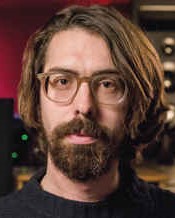 Giles Martin and Sam Okell returned once again to the original four-track tape of "Paperback Writer" sometime in 2022 in order to create yet another new stereo mix for inclusion in various editions of the re-released "Revolver" album. As with their 2015 stereo mix, this engineering team once again had to recreate the "fluttering echo" segments in the song. While they were at it, they also created a combined mix of "take one" and "take two" of the backing track recorded on April 13th, 1966. Giles Martin and Sam Okell returned once again to the original four-track tape of "Paperback Writer" sometime in 2022 in order to create yet another new stereo mix for inclusion in various editions of the re-released "Revolver" album. As with their 2015 stereo mix, this engineering team once again had to recreate the "fluttering echo" segments in the song. While they were at it, they also created a combined mix of "take one" and "take two" of the backing track recorded on April 13th, 1966.
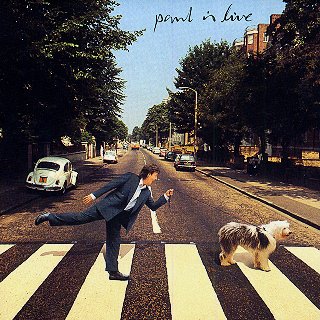 Sometime between March 22nd and June 15th, 1993, Paul McCartney and his band recorded a version of the song which was released on his “Paul Is Live” album later that year. Also, sometime between July 17th and 21st, 2009, another live rendition of the song was recorded by Paul at New York’s Citi Field for the live album "Good Evening New York City." Sometime between March 22nd and June 15th, 1993, Paul McCartney and his band recorded a version of the song which was released on his “Paul Is Live” album later that year. Also, sometime between July 17th and 21st, 2009, another live rendition of the song was recorded by Paul at New York’s Citi Field for the live album "Good Evening New York City."
Song Structure and Style
This is in a pretty straightforward format, consisting of verses and a repeating chorus which acts as an introduction. The structure ends up as “(intro) chorus/ verse/ verse/ chorus/ verse/ verse/ chorus/ outro” (or abbabbac). No instrumental (or solo) section is needed but, with such a characteristic guitar riff puncturing through the speakers, it is definitely not missed.
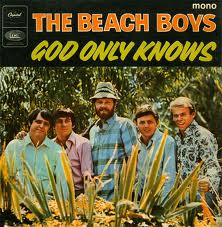 The intro (or first occurrence of the chorus) is eight measures long and can be divided up into two four-measure sections. The first four measures are strictly a cappella as performed on multiple overdubs by Paul, John and George in a somewhat answering “row, row, row your boat” fashion. Their recent infatuation with The Beach Boys is definitely felt here, “Sloop John B” and the highly respected layered harmony ending of “God Only Knows” undoubtedly being the catalyst to this heavily rehearsed orchestration of the repeat of the song’s title. The intro (or first occurrence of the chorus) is eight measures long and can be divided up into two four-measure sections. The first four measures are strictly a cappella as performed on multiple overdubs by Paul, John and George in a somewhat answering “row, row, row your boat” fashion. Their recent infatuation with The Beach Boys is definitely felt here, “Sloop John B” and the highly respected layered harmony ending of “God Only Knows” undoubtedly being the catalyst to this heavily rehearsed orchestration of the repeat of the song’s title.
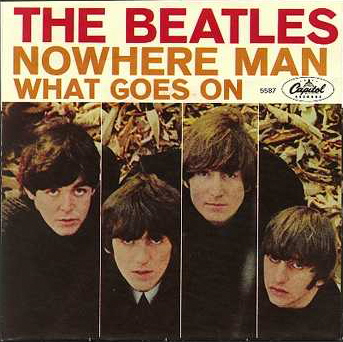 A noted similarity can easily be detected here with “Nowhere Man,” which also begins with a detailed four-measure a cappella introduction. Since this was the previous US single, “Paperback Writer” makes the second American Beatles single in a row to begin with a cappella harmonies from the group. So goes the well-deserved reputation of The Beatles as an excellent songwriting force with harmonies as their definite strong suit. A noted similarity can easily be detected here with “Nowhere Man,” which also begins with a detailed four-measure a cappella introduction. Since this was the previous US single, “Paperback Writer” makes the second American Beatles single in a row to begin with a cappella harmonies from the group. So goes the well-deserved reputation of The Beatles as an excellent songwriting force with harmonies as their definite strong suit.
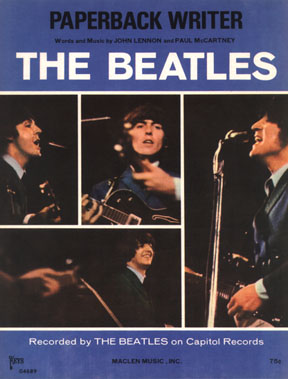 Paul’s predominantly double-tracked lead vocals begin things by highlighting the title phrase of the song as stretched out between the first two measures, allowing the last syllable to be held for the next two measures as a harmonic texture for the vocals that are to be layered on top of it. Three harmony overdubs are added, one being sung in falsetto by John and George in harmony to Paul’s lead vocal but only going as far as singing “paperba….” and holding it out until nearly the entire four measures are complete. Paul’s predominantly double-tracked lead vocals begin things by highlighting the title phrase of the song as stretched out between the first two measures, allowing the last syllable to be held for the next two measures as a harmonic texture for the vocals that are to be layered on top of it. Three harmony overdubs are added, one being sung in falsetto by John and George in harmony to Paul’s lead vocal but only going as far as singing “paperba….” and holding it out until nearly the entire four measures are complete.
 The second harmony from John and George consist of the “paperback writer” phrase starting on the second measure when Paul sings the word “writer” and then those harmonies holding out the word “writer” from the third measure throughout the fourth measure (actually mistakenly stopping a little short each time the chorus is heard). The third harmony overdub consists of John and George layering on another falsetto “paperback writer” phrase that stretches out between the third and fourth measures. Although it’s hard to tell, Paul’s voice may very well have been included in these harmony overdubs. Nonetheless, much time and work was needed to put all this detail together. The second harmony from John and George consist of the “paperback writer” phrase starting on the second measure when Paul sings the word “writer” and then those harmonies holding out the word “writer” from the third measure throughout the fourth measure (actually mistakenly stopping a little short each time the chorus is heard). The third harmony overdub consists of John and George layering on another falsetto “paperback writer” phrase that stretches out between the third and fourth measures. Although it’s hard to tell, Paul’s voice may very well have been included in these harmony overdubs. Nonetheless, much time and work was needed to put all this detail together.
 All of the harmonies chop off as Ringo slaps his snare drum on the final eighth beat of the fourth measure, the vocalist microphones still being raised during the remaining four measures of the intro/chorus (witnessed by some slight clearing of throats). Ringo, while hesitating at first, comes in on the four-beat of the fifth measure with a pounding bass drum/snare rhythm that takes us through the remainder of this section. The obvious highlight of these remaining measures, however, is the thrillingly distorted guitar riff from Paul which zig-zags its way through an entire octave and is repeated twice. Paul was proud enough of this riff that he performed a slight variation of it as an overdub onto “Got To Get You Into My Life” on June 17th, 1966. All of the harmonies chop off as Ringo slaps his snare drum on the final eighth beat of the fourth measure, the vocalist microphones still being raised during the remaining four measures of the intro/chorus (witnessed by some slight clearing of throats). Ringo, while hesitating at first, comes in on the four-beat of the fifth measure with a pounding bass drum/snare rhythm that takes us through the remainder of this section. The obvious highlight of these remaining measures, however, is the thrillingly distorted guitar riff from Paul which zig-zags its way through an entire octave and is repeated twice. Paul was proud enough of this riff that he performed a slight variation of it as an overdub onto “Got To Get You Into My Life” on June 17th, 1966.
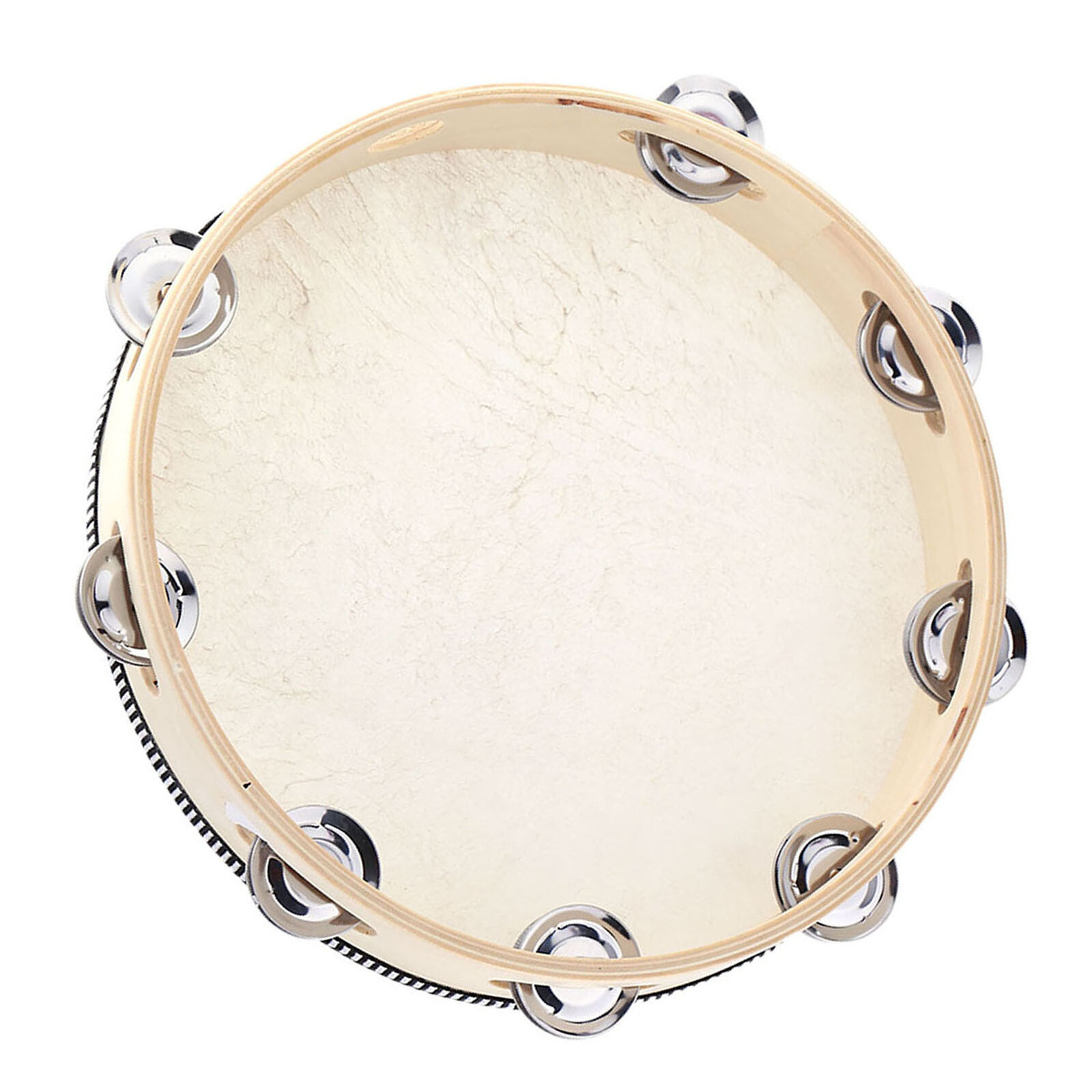 The last two beats of measure eight of the intro / chorus debuts Paul’s startling bass guitar overdub which also acts to introduce the first verse of the song and, thereby, the beginning of the story. “Dear Sir or Madame” starts the first twelve-measure verse which also introduces John’s rhythm guitar, Ringo’s hi-hat to complete his full drum kit rock beat, and George's tambourine. Eight full measures on the chord of G finally changes on the ninth measure when the title of the song is heard, going to C for a couple of bars. We then bounce right back to G after three-part-harmony kicks in on another repeat of the title phrase. Simultaneously, the drums, bass and rhythm guitar accentuate the word “writer” with cymbals crashing, while Paul reprises the guitar lead in the eleventh and twelfth measures. The final measure brings some trademark drum fills from Ringo as a falsetto harmony extends to the final end of the verse. The last two beats of measure eight of the intro / chorus debuts Paul’s startling bass guitar overdub which also acts to introduce the first verse of the song and, thereby, the beginning of the story. “Dear Sir or Madame” starts the first twelve-measure verse which also introduces John’s rhythm guitar, Ringo’s hi-hat to complete his full drum kit rock beat, and George's tambourine. Eight full measures on the chord of G finally changes on the ninth measure when the title of the song is heard, going to C for a couple of bars. We then bounce right back to G after three-part-harmony kicks in on another repeat of the title phrase. Simultaneously, the drums, bass and rhythm guitar accentuate the word “writer” with cymbals crashing, while Paul reprises the guitar lead in the eleventh and twelfth measures. The final measure brings some trademark drum fills from Ringo as a falsetto harmony extends to the final end of the verse.
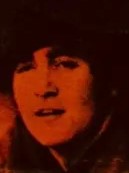 The second verse is also twelve measures in length and is practically identical except for mostly different lyrics and a surprising final two measures. As the harmonies and guitar riff are ringing out in the eleventh measure, the engineers take an audio snapshot of what is there and fill the twelfth measure with an echo-laden image which is then quickly faded down as the twelfth measure is complete. A pretty amazing production feat for 1966! The second verse is also twelve measures in length and is practically identical except for mostly different lyrics and a surprising final two measures. As the harmonies and guitar riff are ringing out in the eleventh measure, the engineers take an audio snapshot of what is there and fill the twelfth measure with an echo-laden image which is then quickly faded down as the twelfth measure is complete. A pretty amazing production feat for 1966!
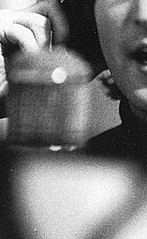 An interesting point to be brought out here is that, by examining the original session tape from this overdubbed recording, the harmonies at this point stagger away uncomfortably and left a somewhat embarrassing gap. Whether the addition of the echo was an afterthought left for the mixing stage to cover over these awkward gaps, or whether this was all planned during the actual recording sessions, has never been determined. An interesting point to be brought out here is that, by examining the original session tape from this overdubbed recording, the harmonies at this point stagger away uncomfortably and left a somewhat embarrassing gap. Whether the addition of the echo was an afterthought left for the mixing stage to cover over these awkward gaps, or whether this was all planned during the actual recording sessions, has never been determined.
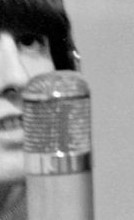 Immediately following this effect is an identical repeat of the chorus, the only difference being a distinguishable “cough” heard from a vocal microphone being left up. Then begins verse three, the most prominent difference between this and verse one being the addition of John and George’s falsetto “Frere Jacque” harmonies. Another variation here is that the guitar riff Paul plays in the final measure concludes with two lower notes this time around. Verse four then follows, repeating the exact pattern of verse two with the echo effect at the end. Listen, however, for a falsetto harmony (presumably John) coming in late on his first “Frere.” Immediately following this effect is an identical repeat of the chorus, the only difference being a distinguishable “cough” heard from a vocal microphone being left up. Then begins verse three, the most prominent difference between this and verse one being the addition of John and George’s falsetto “Frere Jacque” harmonies. Another variation here is that the guitar riff Paul plays in the final measure concludes with two lower notes this time around. Verse four then follows, repeating the exact pattern of verse two with the echo effect at the end. Listen, however, for a falsetto harmony (presumably John) coming in late on his first “Frere.”
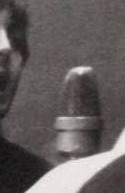 A final occurrence of the chorus then follows, the echo at the end starting right on the word “writer” in the eleventh measure this time around on the mono mix, making quite a startling impression as compared to the first time it was heard in the second verse. (The stereo mix is quite subdued by comparison.) The second half of this final chorus is characterized by the guitar riff now being played both times with the lower ending notes as heard at the end of the third verse. Also, Paul’s throbbing bass trills at the end take up the full eighth measure instead of just the last two beats as previously in the song. And not only is there noticeable coughing on the open microphones, someone (possibly George) is putting in a little practice hitting their upcoming falsetto harmony. A final occurrence of the chorus then follows, the echo at the end starting right on the word “writer” in the eleventh measure this time around on the mono mix, making quite a startling impression as compared to the first time it was heard in the second verse. (The stereo mix is quite subdued by comparison.) The second half of this final chorus is characterized by the guitar riff now being played both times with the lower ending notes as heard at the end of the third verse. Also, Paul’s throbbing bass trills at the end take up the full eighth measure instead of just the last two beats as previously in the song. And not only is there noticeable coughing on the open microphones, someone (possibly George) is putting in a little practice hitting their upcoming falsetto harmony.
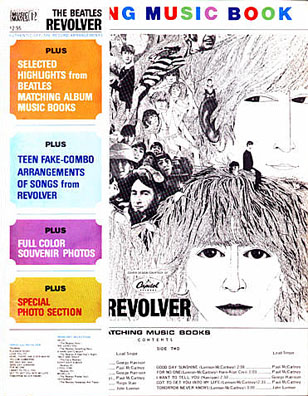 The song’s conclusion comprises a vamping on the G major chord from the rhythm track that includes a simple repeating guitar phrase from Paul. Vocal wise, two sets of intertwined harmonies are repeated until the song fades away, the first being a staggered repeat of the title phrase sung in falsetto that stretches out to two measures in imitation of the lead voice in the chorus. Just as this ends, another set of harmonies enter with a quick repeat of the song’s title. With some adlib fluctuations of the first phrase setting in on their fourth repeat (“wri-i-i-ter”) and some interesting gurglings from John’s rhythm guitar occurring in places, the song fades off into the sunset. Yet another timeless Beatles classic is born! The song’s conclusion comprises a vamping on the G major chord from the rhythm track that includes a simple repeating guitar phrase from Paul. Vocal wise, two sets of intertwined harmonies are repeated until the song fades away, the first being a staggered repeat of the title phrase sung in falsetto that stretches out to two measures in imitation of the lead voice in the chorus. Just as this ends, another set of harmonies enter with a quick repeat of the song’s title. With some adlib fluctuations of the first phrase setting in on their fourth repeat (“wri-i-i-ter”) and some interesting gurglings from John’s rhythm guitar occurring in places, the song fades off into the sunset. Yet another timeless Beatles classic is born!
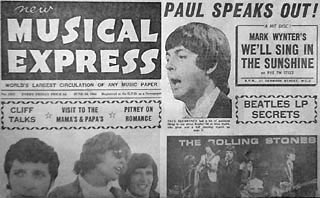 When interviewed by journalist Alan Smith for the "New Musical Express" just after the release of the "Paperback Writer" single, George Martin described the song as featuring "a pretty ordinary rock beat, I suppose. Although there's nothing ordinary about the style. The voices sound different. I especially like the answering voices they use, one against the other. How would 'The Times' critic describe it? - polyphonic!" When interviewed by journalist Alan Smith for the "New Musical Express" just after the release of the "Paperback Writer" single, George Martin described the song as featuring "a pretty ordinary rock beat, I suppose. Although there's nothing ordinary about the style. The voices sound different. I especially like the answering voices they use, one against the other. How would 'The Times' critic describe it? - polyphonic!"
 Paul again is center stage, understandably because of this being primarily his creation. His top-notch vocals, bass and lead guitar are extremely fitting for the occasion, McCartney knowing full well how to continue the aura and allure of the group on the airwaves. John’s songwriting inventiveness of that period, as incredible as it may have been, was somewhat less commercial due to his infatuation with his chemical mind-expanding activities of the time. Paul again is center stage, understandably because of this being primarily his creation. His top-notch vocals, bass and lead guitar are extremely fitting for the occasion, McCartney knowing full well how to continue the aura and allure of the group on the airwaves. John’s songwriting inventiveness of that period, as incredible as it may have been, was somewhat less commercial due to his infatuation with his chemical mind-expanding activities of the time.
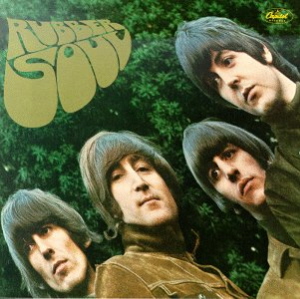 Speaking of John, his rhythm guitar work and vocal hijinks on this track shows him as cooperative and contributive. George’s harmonies show him as a team player with vocal ability, as does his subtle work on guitar and tambourine. Ringo does well in reprising his drum fills (mostly unheard during most of the “Rubber Soul” sessions) and puts in an impressively powerful performance on the drum kit, aided and abetted by Geoff Emerick’s above mentioned engineering experiments. Speaking of John, his rhythm guitar work and vocal hijinks on this track shows him as cooperative and contributive. George’s harmonies show him as a team player with vocal ability, as does his subtle work on guitar and tambourine. Ringo does well in reprising his drum fills (mostly unheard during most of the “Rubber Soul” sessions) and puts in an impressively powerful performance on the drum kit, aided and abetted by Geoff Emerick’s above mentioned engineering experiments.
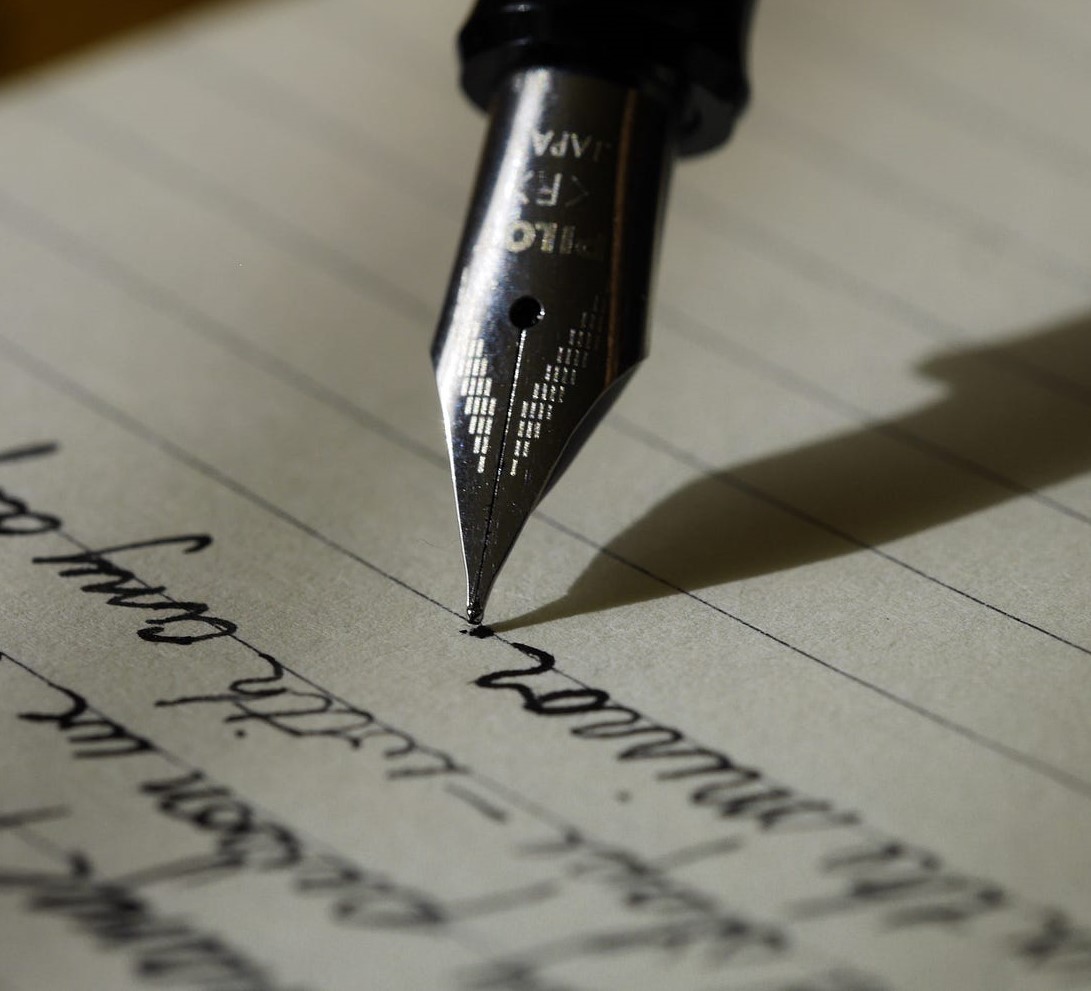 Lyrically, the open-letter to a publishing house by a want-to-be author is engaging enough for minimal scrutiny, although it needn’t be taken too literally as a complete story. If that would be the case, as the book “A Hard Day’s Write” explains, “it’s about a paperback writer who has written a novel based on another novel, which is also about a paperback writer…The lyric was driven more by the sound of the words than their logic.” Lyrically, the open-letter to a publishing house by a want-to-be author is engaging enough for minimal scrutiny, although it needn’t be taken too literally as a complete story. If that would be the case, as the book “A Hard Day’s Write” explains, “it’s about a paperback writer who has written a novel based on another novel, which is also about a paperback writer…The lyric was driven more by the sound of the words than their logic.”
 Paul’s novel consists of a family consisting of “a dirty man,” “a clinging wife” and a son who has a “steady job” at the “Daily Mail.” McCartney doesn’t disguise his intent, saying both “I need a job” and “I need a break,” indicating his frustration at spending years in authorship of a “thousand page” novel without someone to publish it. He’s even willing to sell the rights to the publishing house, confidently stating “it will make a million for you overnight.” Paul’s novel consists of a family consisting of “a dirty man,” “a clinging wife” and a son who has a “steady job” at the “Daily Mail.” McCartney doesn’t disguise his intent, saying both “I need a job” and “I need a break,” indicating his frustration at spending years in authorship of a “thousand page” novel without someone to publish it. He’s even willing to sell the rights to the publishing house, confidently stating “it will make a million for you overnight.”
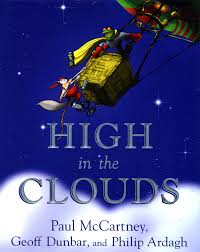 Although Paul has released a couple of books, “Blackbird Singing” and “High In The Clouds: An Urban Furry Tail,” the former was a collection of favorite song lyrics written in poem form while the latter was a children’s book co-written by Philip Ardagh. Other than biographies such as "Many Years From Now" and "The Lyrics," Paul hasn't actually written a novel, but he has indeed tackled everything from Classical and Ballet music to painting and writing movies. A truly accomplished man! Although Paul has released a couple of books, “Blackbird Singing” and “High In The Clouds: An Urban Furry Tail,” the former was a collection of favorite song lyrics written in poem form while the latter was a children’s book co-written by Philip Ardagh. Other than biographies such as "Many Years From Now" and "The Lyrics," Paul hasn't actually written a novel, but he has indeed tackled everything from Classical and Ballet music to painting and writing movies. A truly accomplished man!
 US picture sleeve
|
American Releases
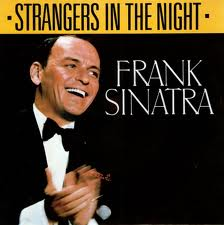 Capitol Records couldn’t wait until June 10th, 1966 to release the latest Beatles single as Britain did, so they rushed it out eleven days earlier on May 30th of that year. While “Paperback Writer” was the least selling Beatles single in their home country since 1962’s “Love Me Do,” it became a million seller in the US and, according to “The Billboard Book Of Number One Hits,” the single “made the second largest leap to #1 of the rock era. It debuted on the Billboard Hot 100 at #28 during the week of June 11th, 1966, moved to #15 and then broad-jumped to #1 on June 25th, becoming The Beatles’ 12th chart-topper in America. The only single to make a bigger leap to #1 was also by The Beatles, ‘Can’t Buy Me Love.’” This record was first broken, however, in 2002 by Kelly Clarkson. Also noteworthy is the fact that Frank Sinatra’s smash “Strangers In The Night” interrupted the two-week reign of “Paperback Writer” in the top spot. Capitol Records couldn’t wait until June 10th, 1966 to release the latest Beatles single as Britain did, so they rushed it out eleven days earlier on May 30th of that year. While “Paperback Writer” was the least selling Beatles single in their home country since 1962’s “Love Me Do,” it became a million seller in the US and, according to “The Billboard Book Of Number One Hits,” the single “made the second largest leap to #1 of the rock era. It debuted on the Billboard Hot 100 at #28 during the week of June 11th, 1966, moved to #15 and then broad-jumped to #1 on June 25th, becoming The Beatles’ 12th chart-topper in America. The only single to make a bigger leap to #1 was also by The Beatles, ‘Can’t Buy Me Love.’” This record was first broken, however, in 2002 by Kelly Clarkson. Also noteworthy is the fact that Frank Sinatra’s smash “Strangers In The Night” interrupted the two-week reign of “Paperback Writer” in the top spot.
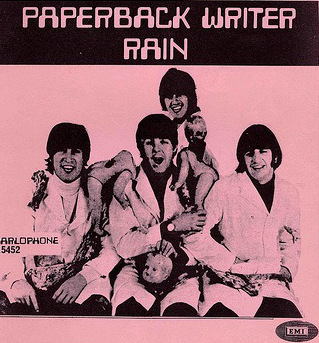 Interestingly, this single, with “Rain” as its b-side, was promoted in trade magazines in Britain using the infamous “butcher” photograph that appeared on the original American album “Yesterday…And Today” without causing much of a stir. It’s also a curiosity to recognize that Capitol, having already acquired the tapes for this recent single, did not include the songs on this album. With a number one single on the pop charts, this newly released make-shift album did not include either side of this smash hit. Instead, they requested three never-before-released songs from the upcoming “Revolver” album. I guess too many hit songs on one album was not considered a good idea at the time. Interestingly, this single, with “Rain” as its b-side, was promoted in trade magazines in Britain using the infamous “butcher” photograph that appeared on the original American album “Yesterday…And Today” without causing much of a stir. It’s also a curiosity to recognize that Capitol, having already acquired the tapes for this recent single, did not include the songs on this album. With a number one single on the pop charts, this newly released make-shift album did not include either side of this smash hit. Instead, they requested three never-before-released songs from the upcoming “Revolver” album. I guess too many hit songs on one album was not considered a good idea at the time.
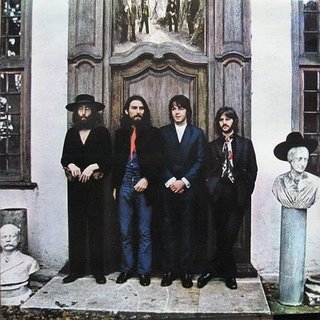 The next US release of “Paperback Writer’ was on February 26th, 1970 on another make-shift album entitled “Hey Jude” (originally called “The Beatles Again”). The stereo channels were reversed from what was intended by the original EMI production staff but we didn’t know any better. We were just happy to have a stereo mix of the song. Hot off the success of “Abbey Road,” it peaked at #2 on the Billboard album chart. The "Hey Jude" album received a compact disc release on January 21st, 2014. The next US release of “Paperback Writer’ was on February 26th, 1970 on another make-shift album entitled “Hey Jude” (originally called “The Beatles Again”). The stereo channels were reversed from what was intended by the original EMI production staff but we didn’t know any better. We were just happy to have a stereo mix of the song. Hot off the success of “Abbey Road,” it peaked at #2 on the Billboard album chart. The "Hey Jude" album received a compact disc release on January 21st, 2014.
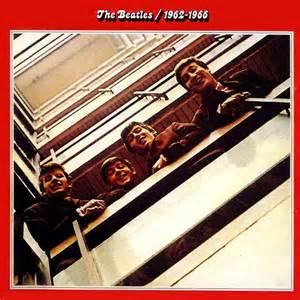 Next came “The Beatles/1962-1966” (“The Red Album”), the first official US “greatest hits” package. This double album was released on April 19th, 1973, peaking at #3 on the Billboard album chart. Interestingly, the stereo channels were still reversed on this song as they were on the "Hey Jude" album. This new collection was released on compact disc on September 20th, 1993, a remastered version then being released on August 10th, 2010. The stereo channels were in their proper original place on both of these re-releases. Next came “The Beatles/1962-1966” (“The Red Album”), the first official US “greatest hits” package. This double album was released on April 19th, 1973, peaking at #3 on the Billboard album chart. Interestingly, the stereo channels were still reversed on this song as they were on the "Hey Jude" album. This new collection was released on compact disc on September 20th, 1993, a remastered version then being released on August 10th, 2010. The stereo channels were in their proper original place on both of these re-releases.
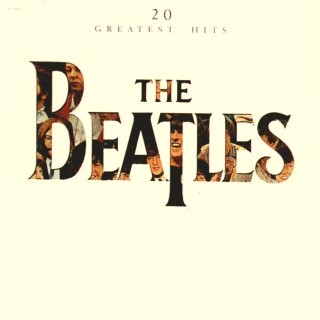 October 11th, 1982 saw another compilation album entitled “20 Greatest Hits,” “Paperback Writer” closing side one of this collection. With the advent of MTV, the album only peaked at #50 on Billboard, but at least it reversed the stereo channels back to what George Martin wanted. October 11th, 1982 saw another compilation album entitled “20 Greatest Hits,” “Paperback Writer” closing side one of this collection. With the advent of MTV, the album only peaked at #50 on Billboard, but at least it reversed the stereo channels back to what George Martin wanted.
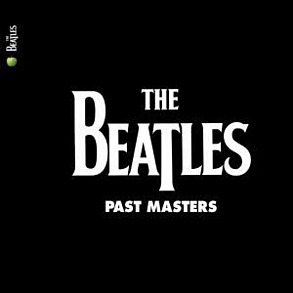 With the CD era blooming, all of the group’s singles and EP tracks were compiled onto two volumes called “Past Masters,” Volume Two containing “Paperback Writer.” This was released on March 7th, 1988 and, although only reaching #121 on Billboard, it ended up going platinum. Both "Past Masters" volumes were combined into one double-album for its vinyl release on October 24th, 1988. When the group's discography was remastered in 2009, it was re-released as a 2-CD set on September 9th, 2009 and on vinyl on November 12th, 2012. With the CD era blooming, all of the group’s singles and EP tracks were compiled onto two volumes called “Past Masters,” Volume Two containing “Paperback Writer.” This was released on March 7th, 1988 and, although only reaching #121 on Billboard, it ended up going platinum. Both "Past Masters" volumes were combined into one double-album for its vinyl release on October 24th, 1988. When the group's discography was remastered in 2009, it was re-released as a 2-CD set on September 9th, 2009 and on vinyl on November 12th, 2012.
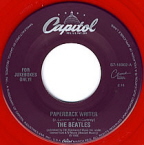 On January 24th, 1996, Capitol re-released the original single under the Cema Series “For Jukeboxes Only” on red vinyl, this becoming quite a collector's item as time goes on. On January 24th, 1996, Capitol re-released the original single under the Cema Series “For Jukeboxes Only” on red vinyl, this becoming quite a collector's item as time goes on.
On November 13th, 2000, the highly successful release "Beatles 1" came out, "Paperback Writer" being among the 27 songs that topped the charts in either Britain or America. A remastered version of this album was released in September of 2011 and a newly mixed version was released on November 6th, 2015.
September 9th, 2009, was when the complete Beatles catalog in mono was released in a remastered condition, this CD box set appropriately called “The Beatles In Mono.” The original extended mono mix of the song appeared on an included album entitled "Mono Masters." The vinyl edition of this box set was first released on September 9th, 2014.
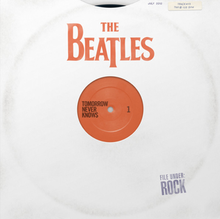 The iTunes Store, in direct partnership with EMI Records, released a Beatles compilation album entitled "Tomorrow Never Knows" on July 24th, 2012. The purpose of this release was to highlight the group's influence on the history of rock music. The album had the approval of Paul and Ringo, as well as the estates of John and George, and was successful enough to peak at #24 on the Billboard album chart. "Paperback Writer" quite understandably made the grade for this release. The iTunes Store, in direct partnership with EMI Records, released a Beatles compilation album entitled "Tomorrow Never Knows" on July 24th, 2012. The purpose of this release was to highlight the group's influence on the history of rock music. The album had the approval of Paul and Ringo, as well as the estates of John and George, and was successful enough to peak at #24 on the Billboard album chart. "Paperback Writer" quite understandably made the grade for this release.
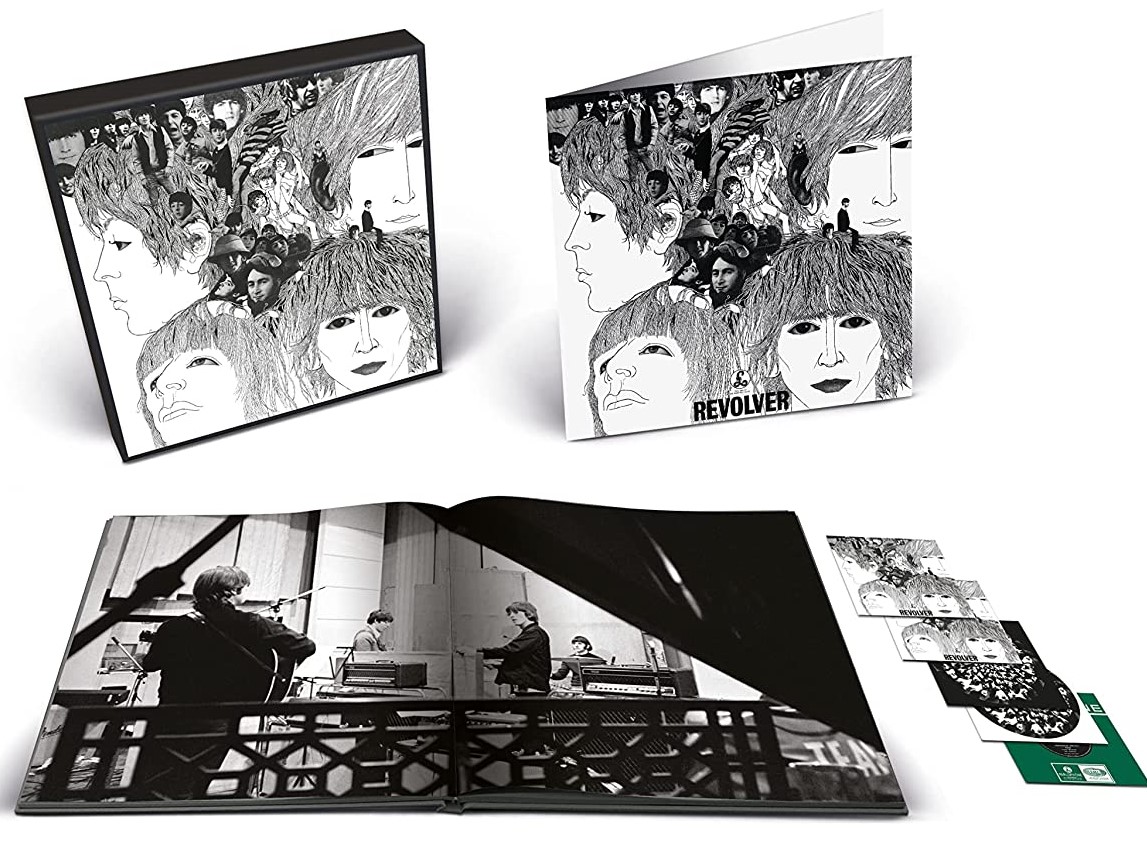 The new Giles Martin mix of "Paperback Writer" is featured on the "Special Edition Deluxe 2CD Set" of "Revolver," which was released on October 28th, 2022. This was also a feature on the "Deluxe Edition," which is available as a 5 CD box set and a 4LP / 1 EP box set, which also included "Takes 1 and 2 - backing track," to provide a glimpse of the recording process of this song, as well as the original mono master from 1966. The new Giles Martin mix of "Paperback Writer" is featured on the "Special Edition Deluxe 2CD Set" of "Revolver," which was released on October 28th, 2022. This was also a feature on the "Deluxe Edition," which is available as a 5 CD box set and a 4LP / 1 EP box set, which also included "Takes 1 and 2 - backing track," to provide a glimpse of the recording process of this song, as well as the original mono master from 1966.
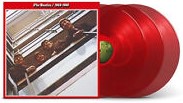 A new 50th Anniversay edition of the compilation album "The Beatles / 1962 - 1966" ("The Red Album") was released on November 10th, 2023, the recent Giles Martin stereo mix of "Paperback Writer," as detailed above, being included. This expanded release included 12 additional songs for a total of 38 tracks, and was made available as a double CD and as a triple vinyl release on both black and red vinyl. A new 50th Anniversay edition of the compilation album "The Beatles / 1962 - 1966" ("The Red Album") was released on November 10th, 2023, the recent Giles Martin stereo mix of "Paperback Writer," as detailed above, being included. This expanded release included 12 additional songs for a total of 38 tracks, and was made available as a double CD and as a triple vinyl release on both black and red vinyl.
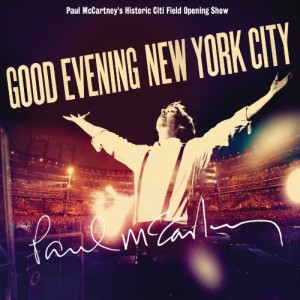 Two live McCartney albums also feature “Paperback Writer,” the first being “Paul Is Live” (released on November 8th, 1993) and the other being “Good Evening New York City” (released on November 17th, 2009). Two live McCartney albums also feature “Paperback Writer,” the first being “Paul Is Live” (released on November 8th, 1993) and the other being “Good Evening New York City” (released on November 17th, 2009).
Live Performances
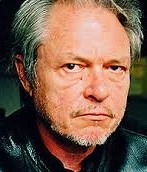 Following the pattern set on November 23rd, 1965 of filming television performances beforehand so as not to have to bother making trips to their TV studios (see “Day Tripper”), the group met on May 19th, 1966 at 10 am to once again do just this. Instead of convening at a film studio, the promotional films were shot in familiar surroundings – EMI Studio One. This was the very first experience of the group working with director Michael Lindsay-Hogg, who would more famously direct the “Hey Jude” and “Revolution” films two years later as well as what became the “Let It Be” movie. Following the pattern set on November 23rd, 1965 of filming television performances beforehand so as not to have to bother making trips to their TV studios (see “Day Tripper”), the group met on May 19th, 1966 at 10 am to once again do just this. Instead of convening at a film studio, the promotional films were shot in familiar surroundings – EMI Studio One. This was the very first experience of the group working with director Michael Lindsay-Hogg, who would more famously direct the “Hey Jude” and “Revolution” films two years later as well as what became the “Let It Be” movie.
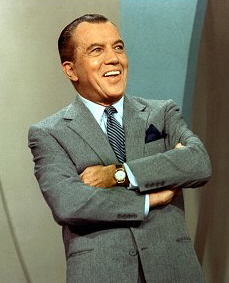 Three separate promos were filmed of The Beatles miming “Paperback Writer” on this day, one in color specifically for “The Ed Sullivan Show” in the US and two in black-and-white for the British shows “Goodbye Lucky Stars” (the very last episode of the successful series “Thank Your Lucky Stars”) and “Ready Steady Go.” Two other promo films were also shot of them performing the b-side “Rain” on this day. Three separate promos were filmed of The Beatles miming “Paperback Writer” on this day, one in color specifically for “The Ed Sullivan Show” in the US and two in black-and-white for the British shows “Goodbye Lucky Stars” (the very last episode of the successful series “Thank Your Lucky Stars”) and “Ready Steady Go.” Two other promo films were also shot of them performing the b-side “Rain” on this day.
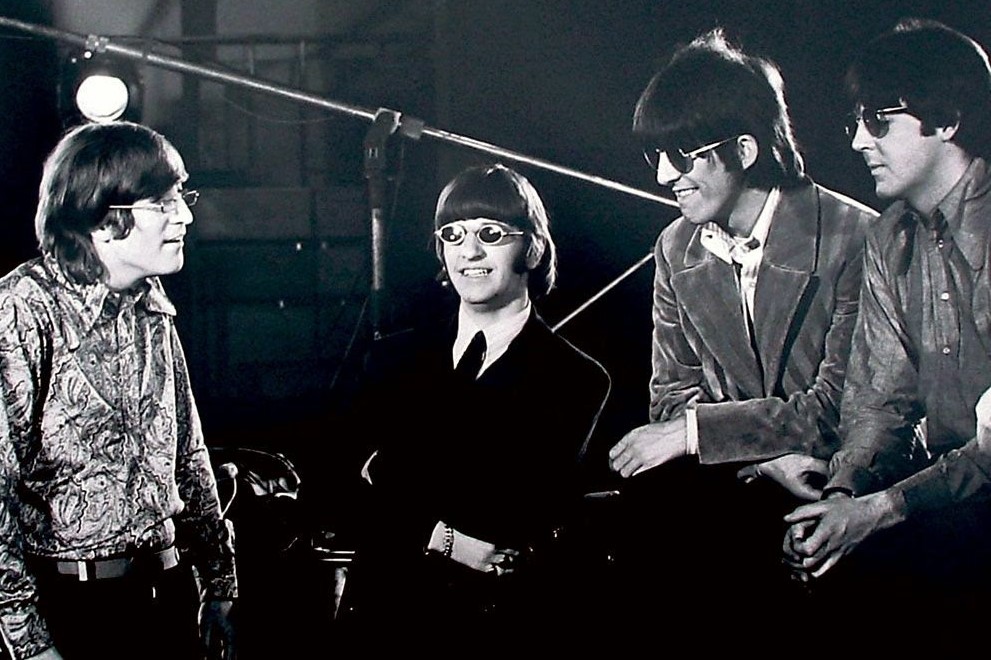 After the color prom film of “Paperback Writer” was shot between 1:10 and 2:00 pm, they broke for lunch and then taped the two black-and-white British videos of the song between 3:30 and 6:15 pm. Immediately after this was complete, the group gathered round and taped a special introduction segment especially for “The Ed Sullivan Show.” Acting as spokesman for the group, Ringo explains that they are too busy to come to New York to do the show because “everybody’s busy these days with all the washing and the cooking.” An interesting thing to notice is that this segment opens with all four Beatles holding up transparencies of the famous “butcher” photographs in front of their faces. The color promotional video of “Paperback Writer” even includes Paul holding up the same “butcher” transparency in front of his face as he begins the first verse. After the color prom film of “Paperback Writer” was shot between 1:10 and 2:00 pm, they broke for lunch and then taped the two black-and-white British videos of the song between 3:30 and 6:15 pm. Immediately after this was complete, the group gathered round and taped a special introduction segment especially for “The Ed Sullivan Show.” Acting as spokesman for the group, Ringo explains that they are too busy to come to New York to do the show because “everybody’s busy these days with all the washing and the cooking.” An interesting thing to notice is that this segment opens with all four Beatles holding up transparencies of the famous “butcher” photographs in front of their faces. The color promotional video of “Paperback Writer” even includes Paul holding up the same “butcher” transparency in front of his face as he begins the first verse.
 The next day, May 20th, 1966, The Beatles convened at the beautiful Chiswick House in London to film outdoor promos for these same songs. For “Paperback Writer,” they were filmed sitting on a bench as well as miming to the song in the statue garden and inside a walled garden. Ringo Starr is seen inconspicuously leaning and/or sitting in these areas of the location since his drums were not brought along to mime to. "He made your heart happy," Michael Lindsay-Hogg stated about the presence of roadie Mal Evans at this film shoot, as described in Kenneth Womack's book "Living The Beatles Legend." "He was sending out calm vibes. He knew what was going on in my head. My first ipresssion of him was just of this gentle, kind, sensitive man who is built like a bodyguard." Although this promo clip was filmed in color, given the gorgeous surroundings of the location, it was screened in black-and-white on “Top Of The Pops” in Britain. Also quite noticeable in all four of the above promos is Paul’s chipped front tooth, the result of a recent moped accident. The next day, May 20th, 1966, The Beatles convened at the beautiful Chiswick House in London to film outdoor promos for these same songs. For “Paperback Writer,” they were filmed sitting on a bench as well as miming to the song in the statue garden and inside a walled garden. Ringo Starr is seen inconspicuously leaning and/or sitting in these areas of the location since his drums were not brought along to mime to. "He made your heart happy," Michael Lindsay-Hogg stated about the presence of roadie Mal Evans at this film shoot, as described in Kenneth Womack's book "Living The Beatles Legend." "He was sending out calm vibes. He knew what was going on in my head. My first ipresssion of him was just of this gentle, kind, sensitive man who is built like a bodyguard." Although this promo clip was filmed in color, given the gorgeous surroundings of the location, it was screened in black-and-white on “Top Of The Pops” in Britain. Also quite noticeable in all four of the above promos is Paul’s chipped front tooth, the result of a recent moped accident.
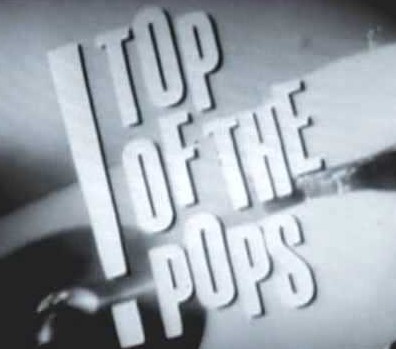 Although the group had sworn off live television performances, they did made one exception. The popular UK TV show “Top Of The Pops” never enjoyed the opportunity of having The Beatles on one of their live shows. The show did receive the promomotional films of the band's new single, but producer Johnnie Stewart thought he would try one more time to get the group to make a live appearance on his show. Although the group had sworn off live television performances, they did made one exception. The popular UK TV show “Top Of The Pops” never enjoyed the opportunity of having The Beatles on one of their live shows. The show did receive the promomotional films of the band's new single, but producer Johnnie Stewart thought he would try one more time to get the group to make a live appearance on his show.
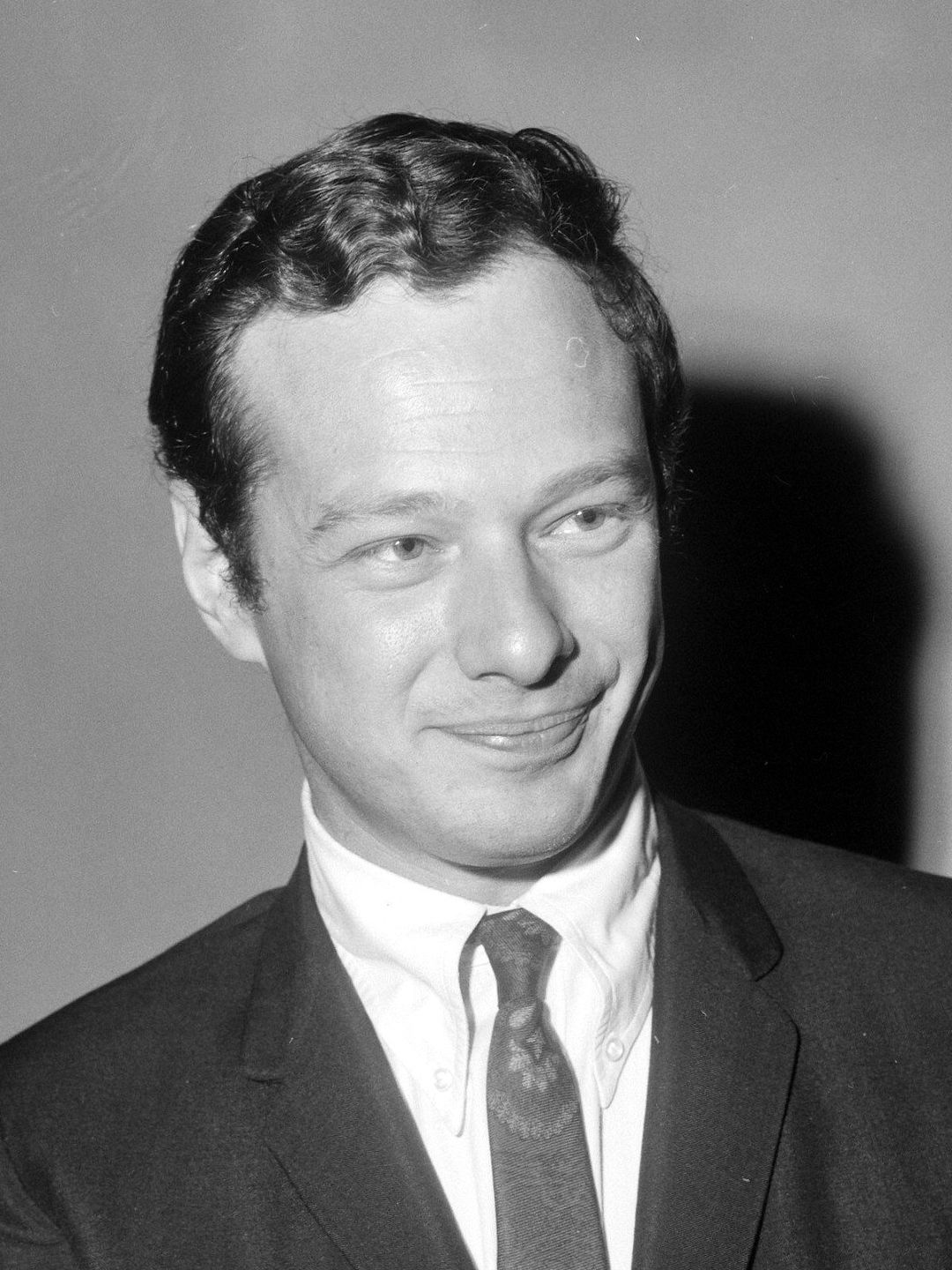 Beatles manager Brian Epstein explains: "On Monday (June 13th, 1966), Stewart wrote me a letter saying that although he had scheduled a Beatles film clip for the program, there had been an unprecedented demand for them to appear live in the show and would they reconsider their decision not to." That letter from Johnnie Stewart stated: "I think you will agree that 'Top Of The Pops' is generally accepted as the Number One pop show, and yet is almost the only show of its kind in which the group has not yet appeared in person," promising "every facility to make such an appearance as quick and easy as possible." Epstein considered this proposal and "put it to the boys late on Tuesday (June 14th), and they said yes." Being that they were making good progress on the song “Here, There And Everywhere” in EMI Studio Two at the time they were asked, they obviously were in a positive mood. Beatles manager Brian Epstein explains: "On Monday (June 13th, 1966), Stewart wrote me a letter saying that although he had scheduled a Beatles film clip for the program, there had been an unprecedented demand for them to appear live in the show and would they reconsider their decision not to." That letter from Johnnie Stewart stated: "I think you will agree that 'Top Of The Pops' is generally accepted as the Number One pop show, and yet is almost the only show of its kind in which the group has not yet appeared in person," promising "every facility to make such an appearance as quick and easy as possible." Epstein considered this proposal and "put it to the boys late on Tuesday (June 14th), and they said yes." Being that they were making good progress on the song “Here, There And Everywhere” in EMI Studio Two at the time they were asked, they obviously were in a positive mood.
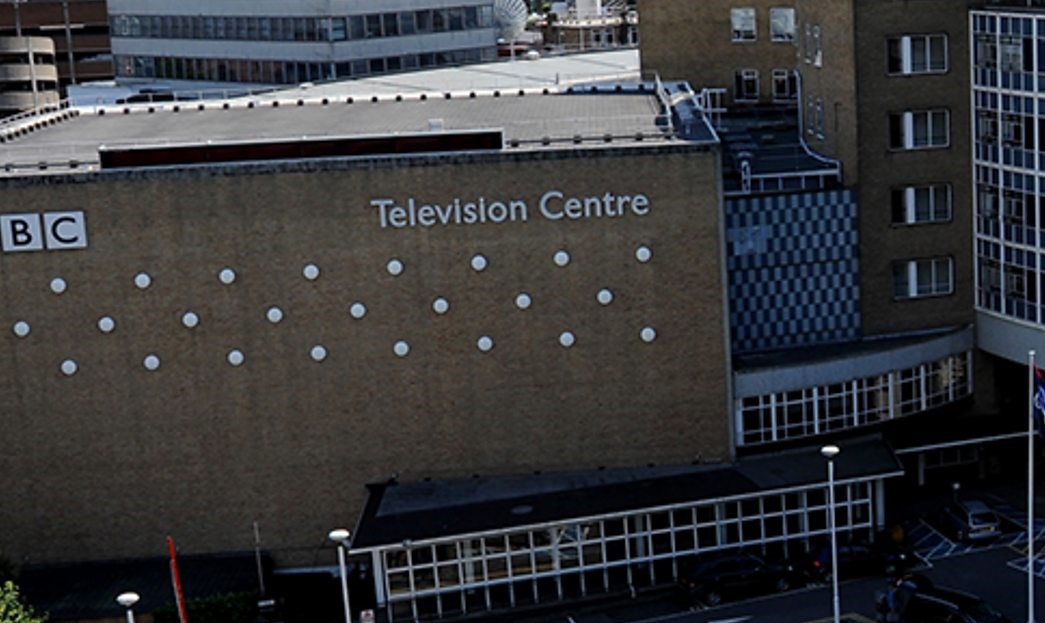 The band arrived at Studio Two of Television Centre in London just before 2:30 pm on Thursday, June 16th, 1966, for extensive rehearsals and, as the closing segment of the "Top Of The Pops," they mimed both “Rain” and “Paperback Writer” (in that order) live before the cameras. Policy at the time dictated that the taped performance be recorded over to conserve tape, so after this performance of “Paperback Writer” was aired a couple more times in Britain, it then became a product of UK memory from that time on. Since it can no longer be seen (other than a small segment available on YouTube filmed by a British television viewer), some viewers have commented that The Beatles were not very good ‘mimers’ on that day. The band arrived at Studio Two of Television Centre in London just before 2:30 pm on Thursday, June 16th, 1966, for extensive rehearsals and, as the closing segment of the "Top Of The Pops," they mimed both “Rain” and “Paperback Writer” (in that order) live before the cameras. Policy at the time dictated that the taped performance be recorded over to conserve tape, so after this performance of “Paperback Writer” was aired a couple more times in Britain, it then became a product of UK memory from that time on. Since it can no longer be seen (other than a small segment available on YouTube filmed by a British television viewer), some viewers have commented that The Beatles were not very good ‘mimers’ on that day.
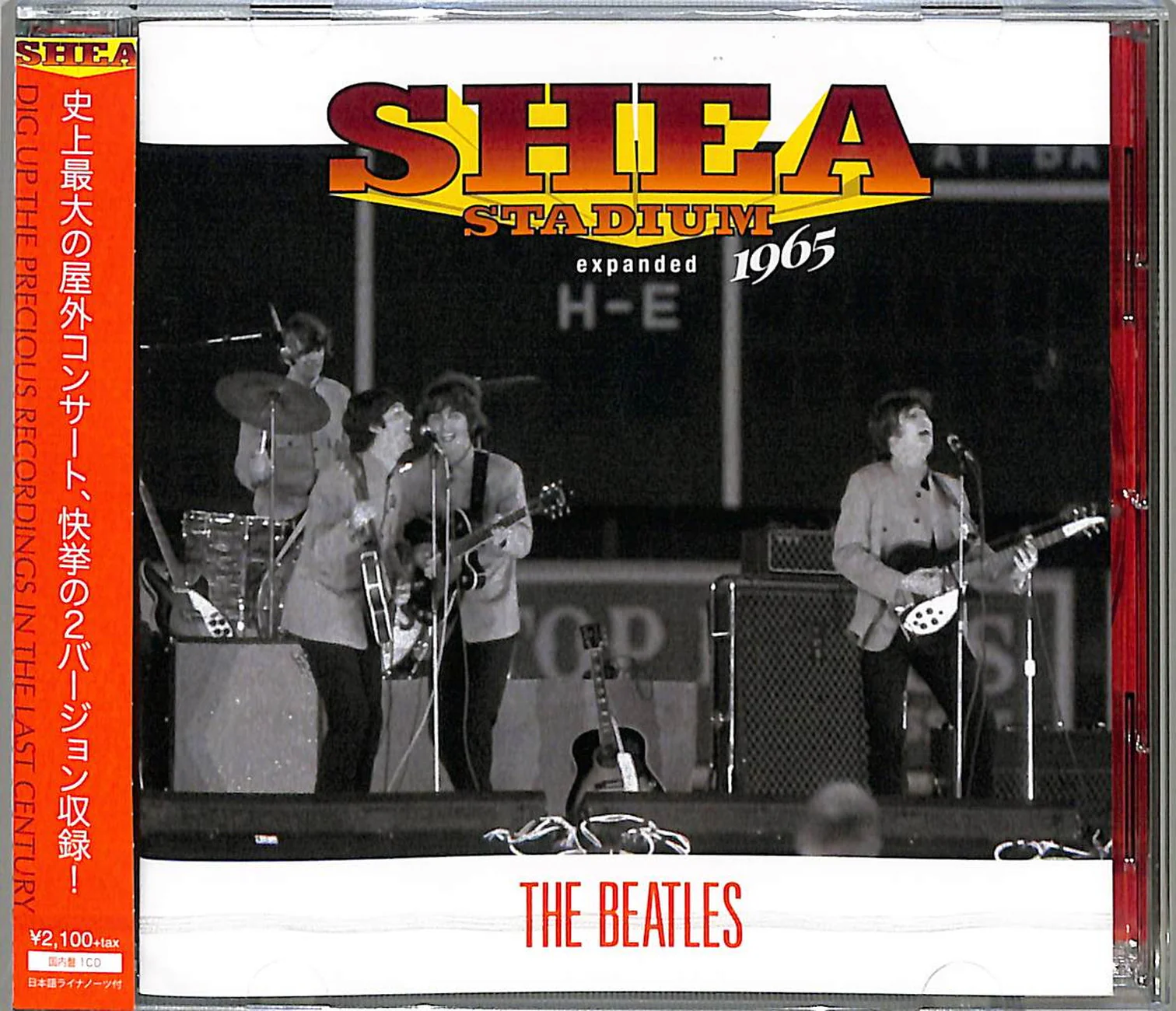 “Paperback Writer” also has the distinction of being the only Beatles song recorded in 1966 that was performed live on stage by the group. Their two brief tours of the year, the last they ever made, featured the song as the next-to-last selection on their set list, no doubt because of it being their latest single at the time. “Paperback Writer” also has the distinction of being the only Beatles song recorded in 1966 that was performed live on stage by the group. Their two brief tours of the year, the last they ever made, featured the song as the next-to-last selection on their set list, no doubt because of it being their latest single at the time.
 Their international tour, which began in Munich, West Germany, began on June 24th, 1966. After continuing in Germany, playing in Essen and Hamburg, they were off to the Nippon Budokan Hall in Japan and then The Philippines, where they concluded this tour on July 4th, 1966. Their international tour, which began in Munich, West Germany, began on June 24th, 1966. After continuing in Germany, playing in Essen and Hamburg, they were off to the Nippon Budokan Hall in Japan and then The Philippines, where they concluded this tour on July 4th, 1966.
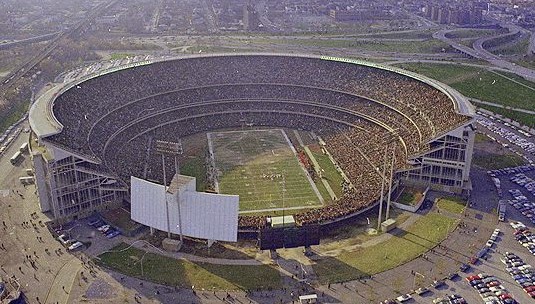 They retained the exact same set list for their final US tour, which began on August 12th in Chicago and concluded with the monumental final live scheduled performance of the band's career at Candlestick Park, San Francisco, on August 29th, 1966. Other highlights of the tour included Detroit, Memphis, Los Angeles, Philadelphia, Cleveland and a somewhat triumphant return to New York City’s Shea Stadium. They retained the exact same set list for their final US tour, which began on August 12th in Chicago and concluded with the monumental final live scheduled performance of the band's career at Candlestick Park, San Francisco, on August 29th, 1966. Other highlights of the tour included Detroit, Memphis, Los Angeles, Philadelphia, Cleveland and a somewhat triumphant return to New York City’s Shea Stadium.
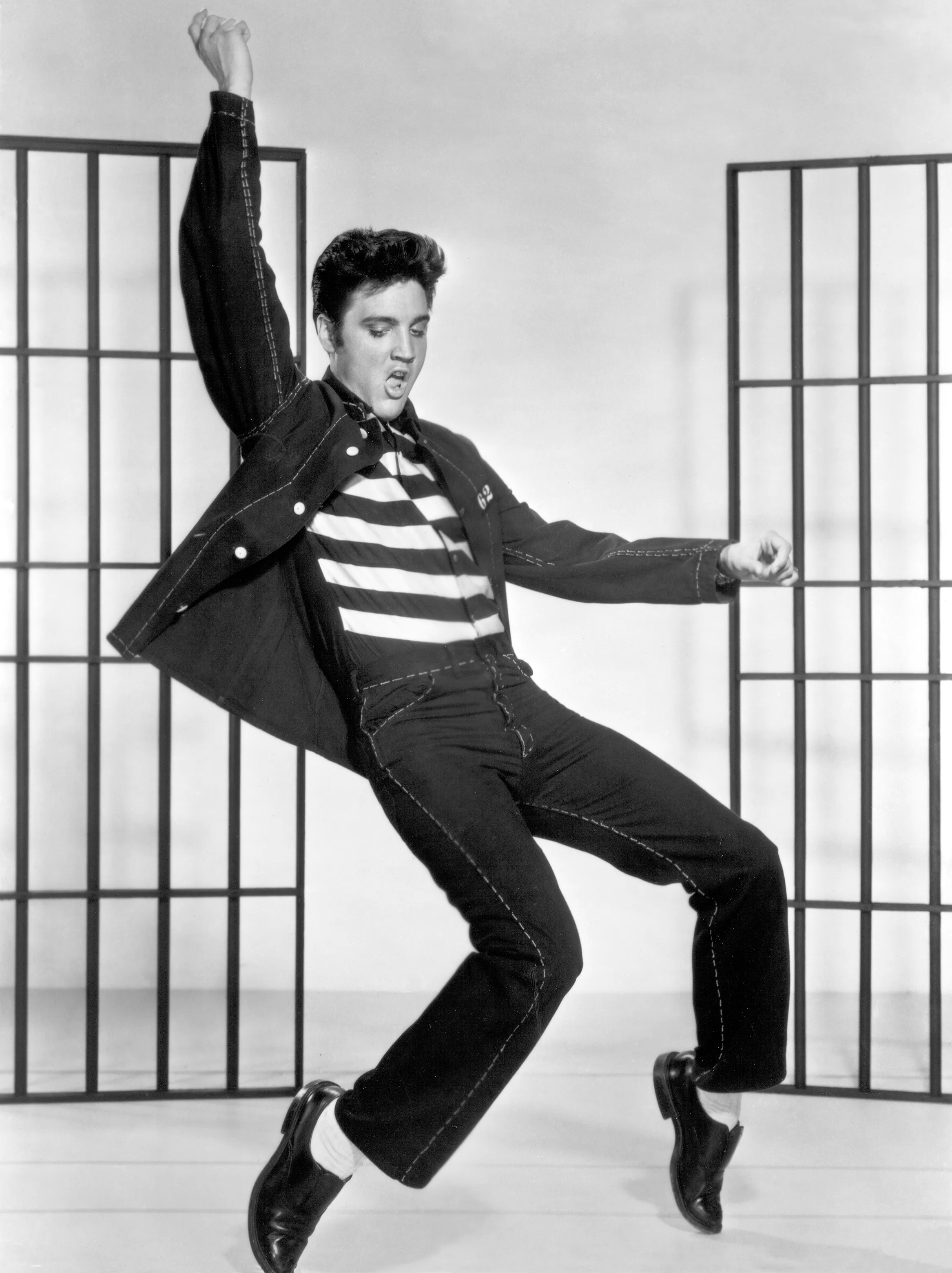 “Around this time we were starting to miss out a lot of record tracks on live shows,” recalls George Harrison. “’Paperback Writer,’ for instance, was all double-tracked, and it sounded pretty crummy on stage. So what we did with it (in the American tour at least) was get to the point where it was particularly bad, and then we’d do our ‘Elvis legs’ and wave to the crowd, and they’d all scream and it would cover that. As Paul has said, the screaming did cover a lot of worrying moments.” This was done on their international tour as well, evidenced in the Japan footage of the song where George waves to the crowd during the a cappella harmonies of the second chorus. This ushers in manic screams from the Japanese audience just in time to cover over their attempts at recreating the layers of harmonies they recorded in the studio. “Around this time we were starting to miss out a lot of record tracks on live shows,” recalls George Harrison. “’Paperback Writer,’ for instance, was all double-tracked, and it sounded pretty crummy on stage. So what we did with it (in the American tour at least) was get to the point where it was particularly bad, and then we’d do our ‘Elvis legs’ and wave to the crowd, and they’d all scream and it would cover that. As Paul has said, the screaming did cover a lot of worrying moments.” This was done on their international tour as well, evidenced in the Japan footage of the song where George waves to the crowd during the a cappella harmonies of the second chorus. This ushers in manic screams from the Japanese audience just in time to cover over their attempts at recreating the layers of harmonies they recorded in the studio.
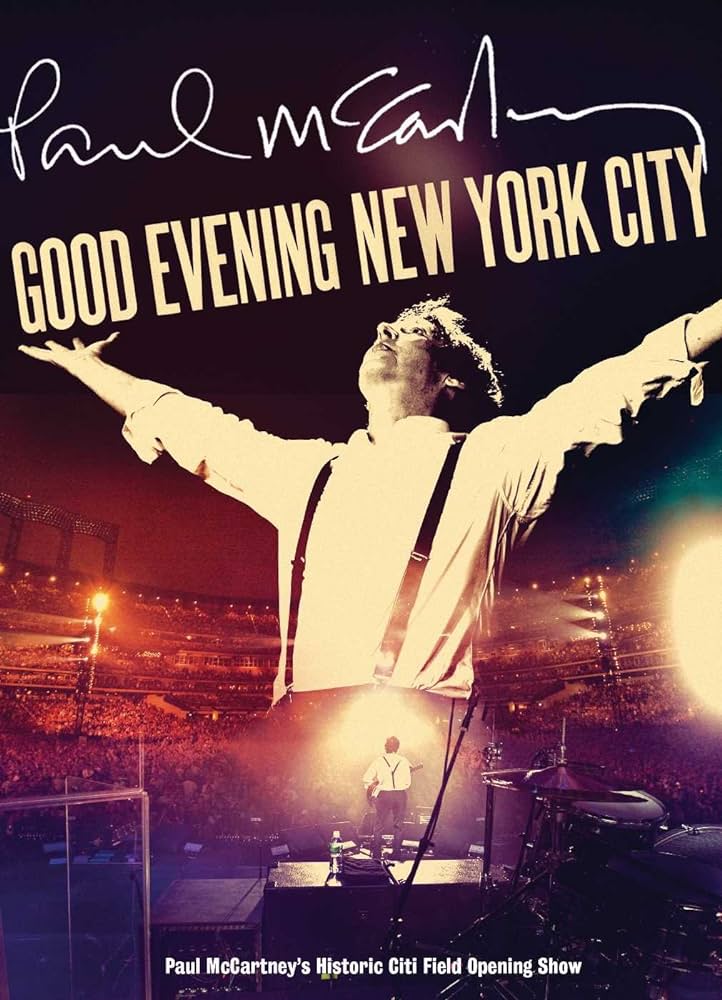 The first Paul McCartney tour to feature the song was “The New World Tour,” which stretched from February 18th (Italy) to December 16th (Chile), 1993. After dropping the song for quite awhile, he included it in the set list for his “Summer Live ‘09” tour, running from July 11th (Nova Scotia) to August 19th (Arlington, Texas) of that year. A performance from this tour can be seen on the DVD included in the “Good Evening New York City” set. The song was also included in his brief “Good Evening Europe Tour,” which spanned from December 2nd (Hamburg) to December 22nd (London), 2009. His extensive “Up And Coming Tour” included the song as well, this tour beginning on March 28th, 2010 (Phoenix) and finally ending on June 10th, 2011 (Las Vegas). Then, his “On The Run Tour” continued his use of the song, this tour commencing on July 15th, 2011 at Yankee Stadium in New York City and ending on November 29th of 2012 in Edmonton, Canada. Paul’s “Out There!” tour also included the song, this tour beginning on May 4th, 2013 (Belo Horizonte, Brazil) and ending on October 22nd, 2015 (Buffalo, New York). The first Paul McCartney tour to feature the song was “The New World Tour,” which stretched from February 18th (Italy) to December 16th (Chile), 1993. After dropping the song for quite awhile, he included it in the set list for his “Summer Live ‘09” tour, running from July 11th (Nova Scotia) to August 19th (Arlington, Texas) of that year. A performance from this tour can be seen on the DVD included in the “Good Evening New York City” set. The song was also included in his brief “Good Evening Europe Tour,” which spanned from December 2nd (Hamburg) to December 22nd (London), 2009. His extensive “Up And Coming Tour” included the song as well, this tour beginning on March 28th, 2010 (Phoenix) and finally ending on June 10th, 2011 (Las Vegas). Then, his “On The Run Tour” continued his use of the song, this tour commencing on July 15th, 2011 at Yankee Stadium in New York City and ending on November 29th of 2012 in Edmonton, Canada. Paul’s “Out There!” tour also included the song, this tour beginning on May 4th, 2013 (Belo Horizonte, Brazil) and ending on October 22nd, 2015 (Buffalo, New York).
Conclusion
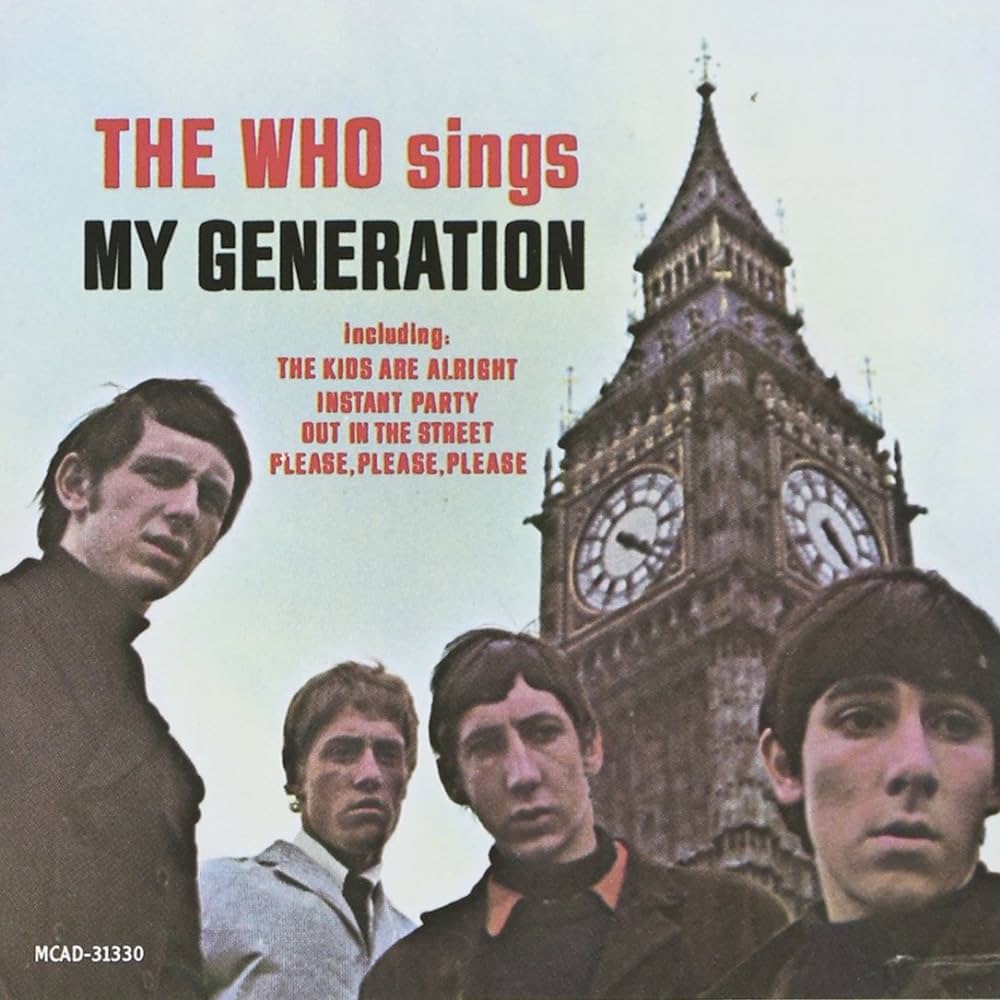 George may have referred to “Day Tripper” as a bona fide “rocker,” and John referred to “Ticket To Ride” as a “heavy metal record,” but it was indeed “Paperback Writer” that hit both of those songs out of the park, their first single with loud distorted lead guitar. While it’s true that artists such as The Who, The Kinks and The Rolling Stones had beaten them to the punch, and The Beatles were following their lead in this case, it should be noted that “Paperback Writer” weaved in the raucous hard rock feel of these other artists with the cascading harmonies of The Beach Boys as well as the droning aspect of music from India. Quite a feat for four “sh*t-kickers from Liverpool,” as Ringo once described the group. George may have referred to “Day Tripper” as a bona fide “rocker,” and John referred to “Ticket To Ride” as a “heavy metal record,” but it was indeed “Paperback Writer” that hit both of those songs out of the park, their first single with loud distorted lead guitar. While it’s true that artists such as The Who, The Kinks and The Rolling Stones had beaten them to the punch, and The Beatles were following their lead in this case, it should be noted that “Paperback Writer” weaved in the raucous hard rock feel of these other artists with the cascading harmonies of The Beach Boys as well as the droning aspect of music from India. Quite a feat for four “sh*t-kickers from Liverpool,” as Ringo once described the group.
“Paperback Writer”
Written by: John Lennon / Paul McCartney
-
Song Written: March - April, 1966
-
Song Recorded: April 13 and 14, 1966
-
First US Release Date: May 30, 1966
-
US Single Release: Capitol #5651
-
Highest Chart Position: #1 (2 weeks)
-
First US Album Release: Apple #SW-385 (SO-385) “Hey Jude” (“The Beatles Again”)
-
British Album Release: Parlophone #PCS 7016 "A Collection Of Beatles Oldies”
-
Length: 2:26 (mono), 2:18 (stereo)
-
-
-
Engineers: Geoff Emerick, Richard Lush, Phil McDonald
Instrumentation (most likely):
-
Paul McCartney - Lead and Harmony Vocals, Lead Guitar (1962 Epiphone ES-230TD Casino), Bass Guitar (1964 Rickenbacker 4001S)
-
John Lennon - Rhythm Guitar (1962 Gretsch 6120), harmony vocals
-
George Harrison - Lead Guitar (1964 Gibson SG Standard), tambourine, harmony vocals
-
Ringo Starr – Drums (1964 Ludwig Super Classic Black Oyster Pearl)
Written and compiled by Dave Rybaczewski
|
IF YOU WOULD LIKE TO MAKE A DONATION TO KEEP THIS WEBSITE UP AND RUNNING, PLEASE CLICK BELOW!
Sign Up Below for our MONTHLY BEATLES TRIVIA QUIZ!
|